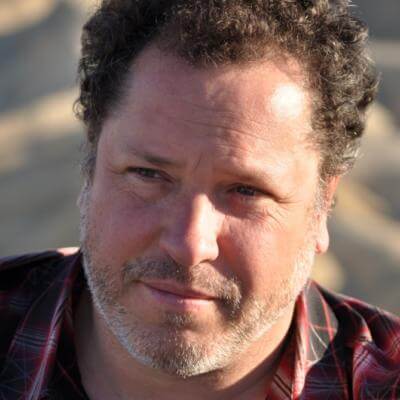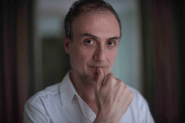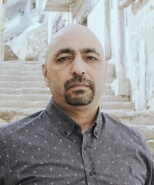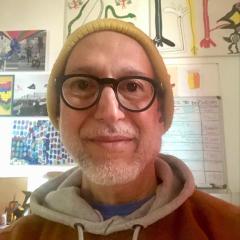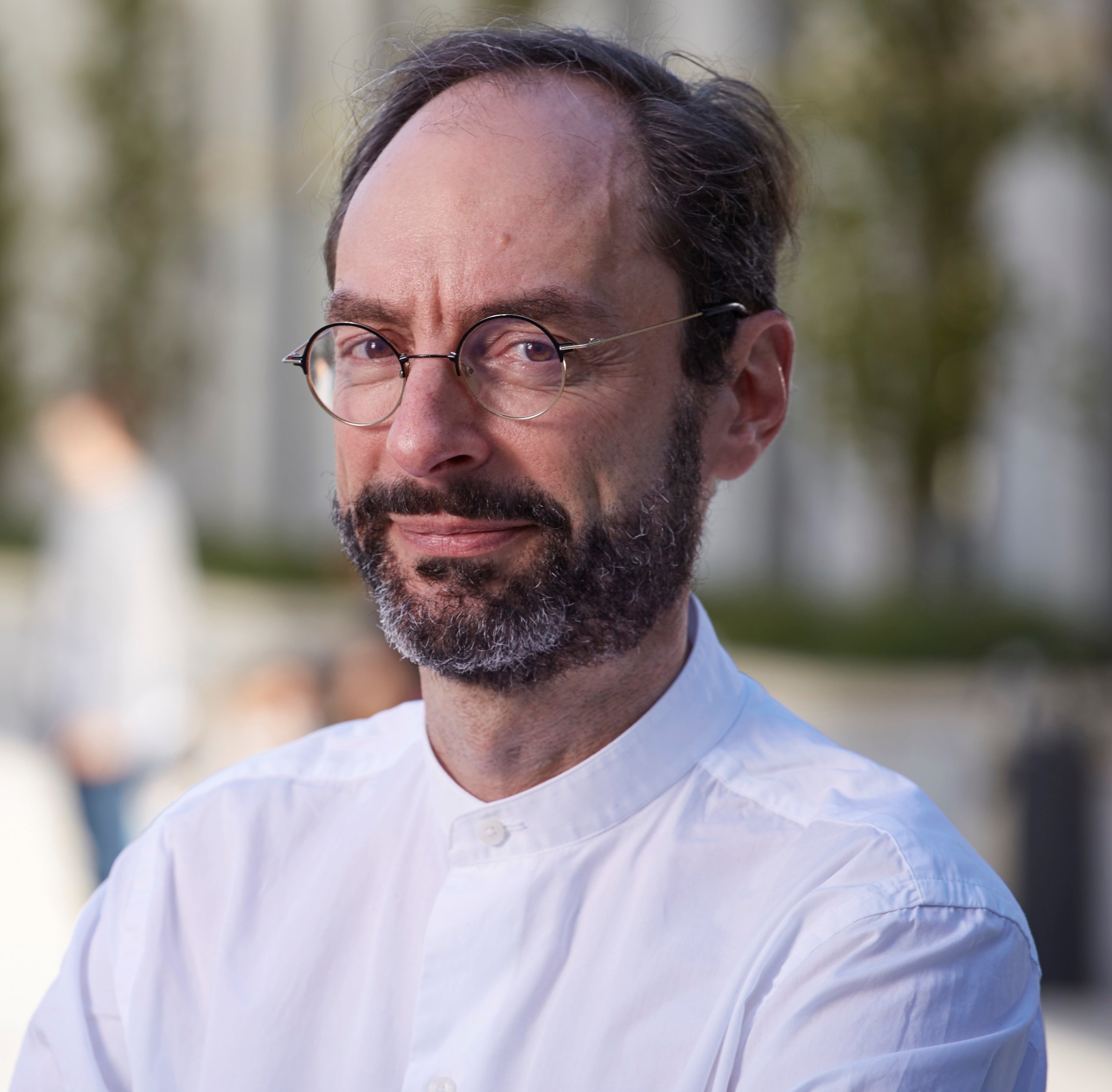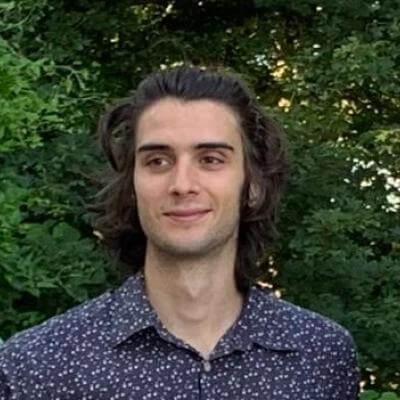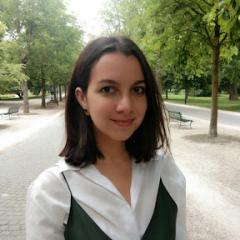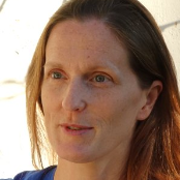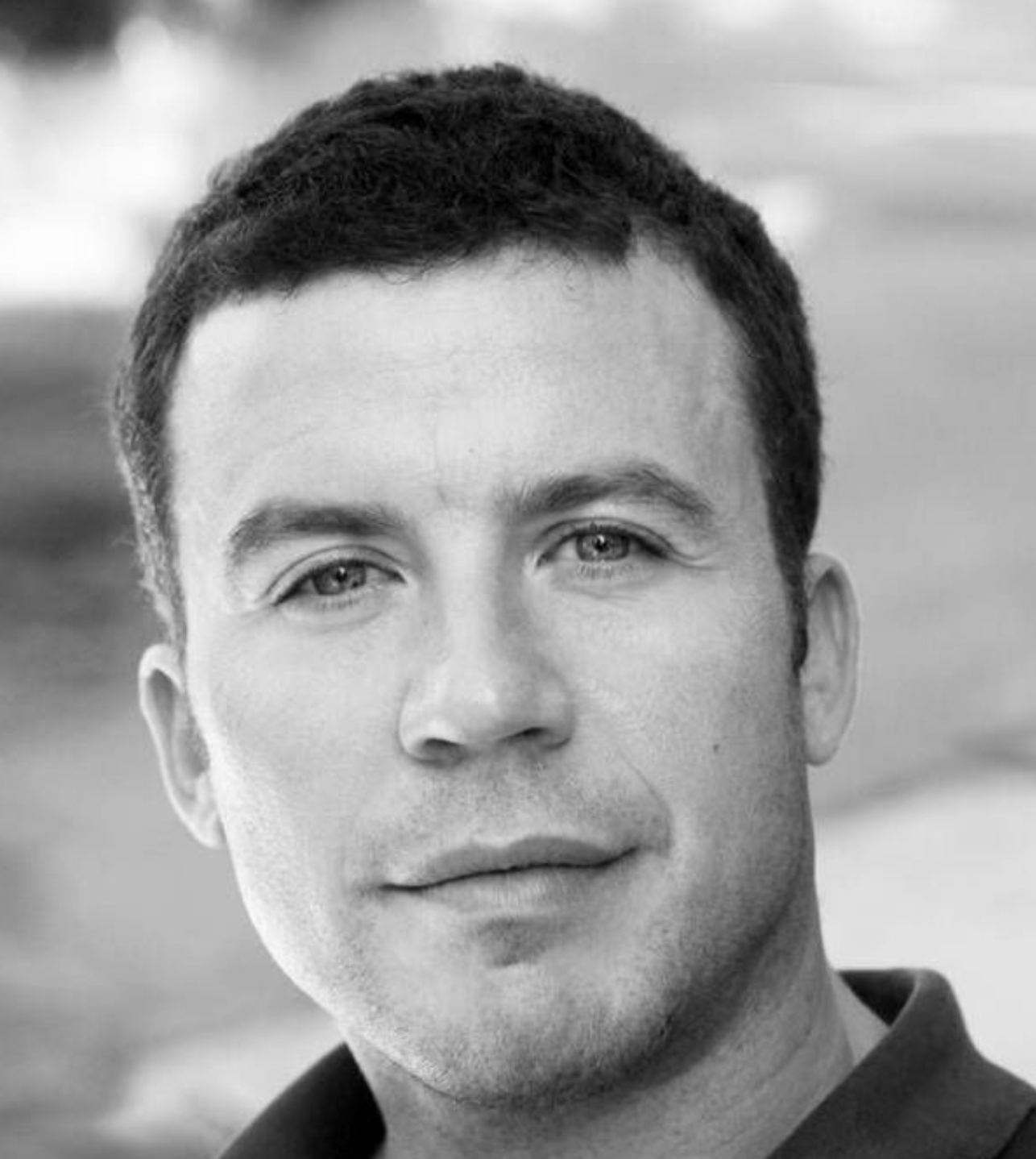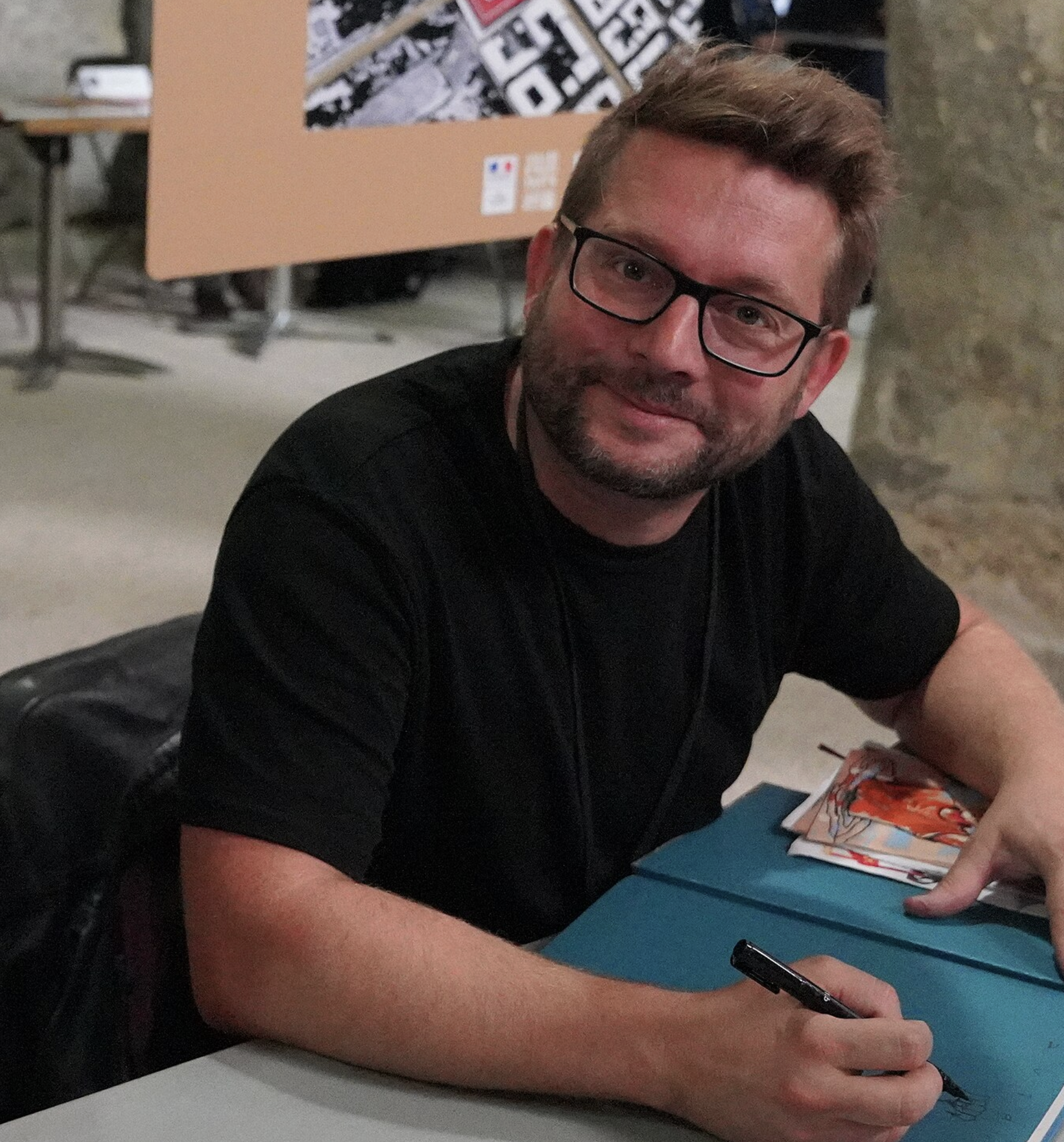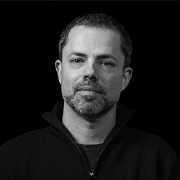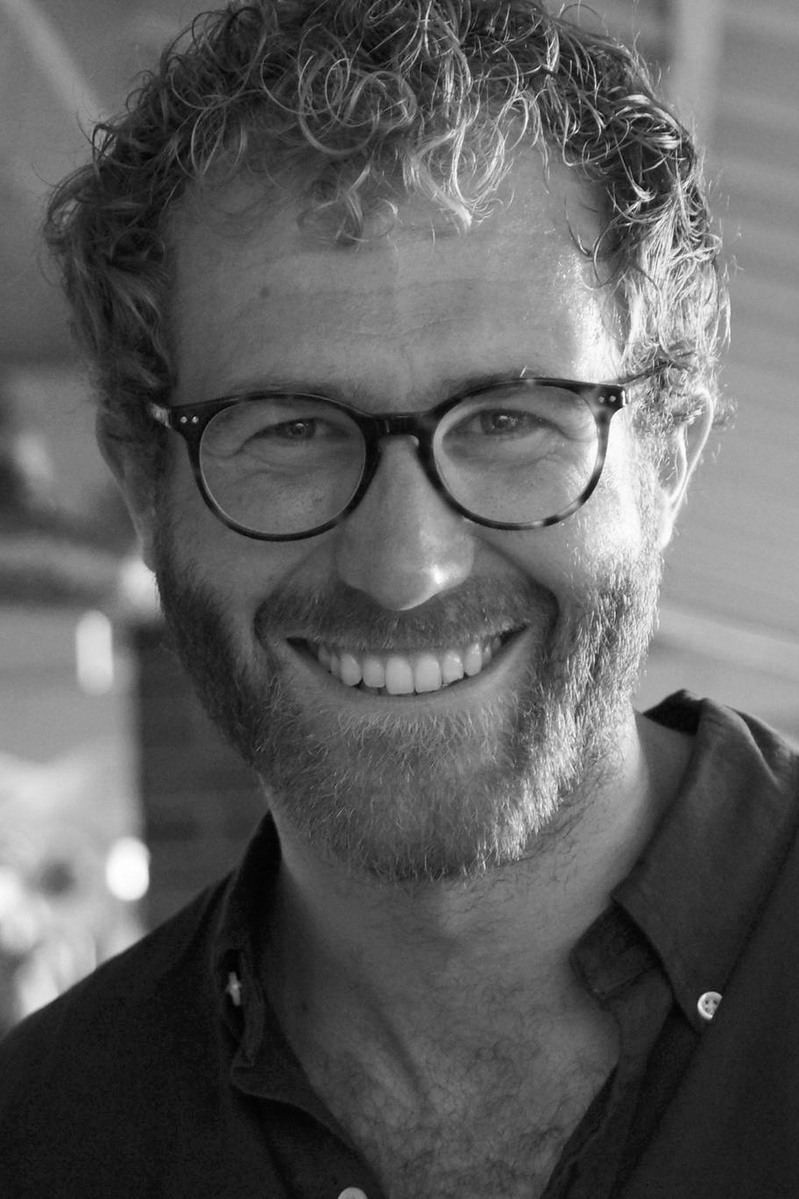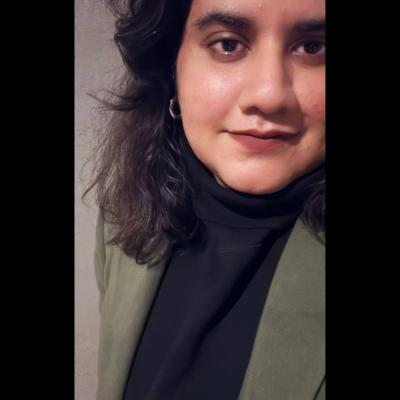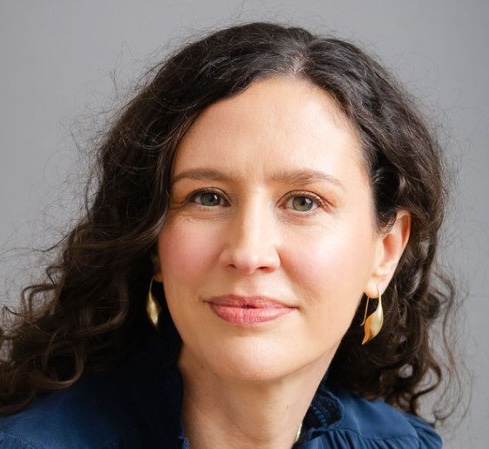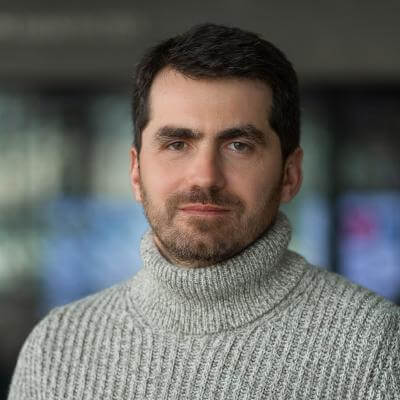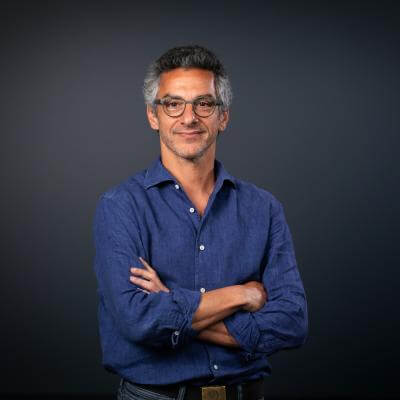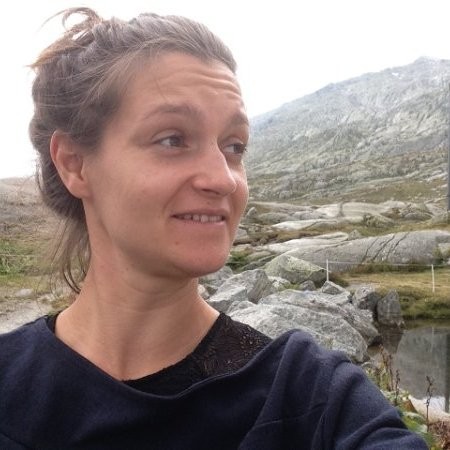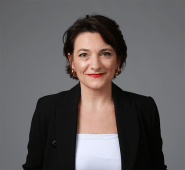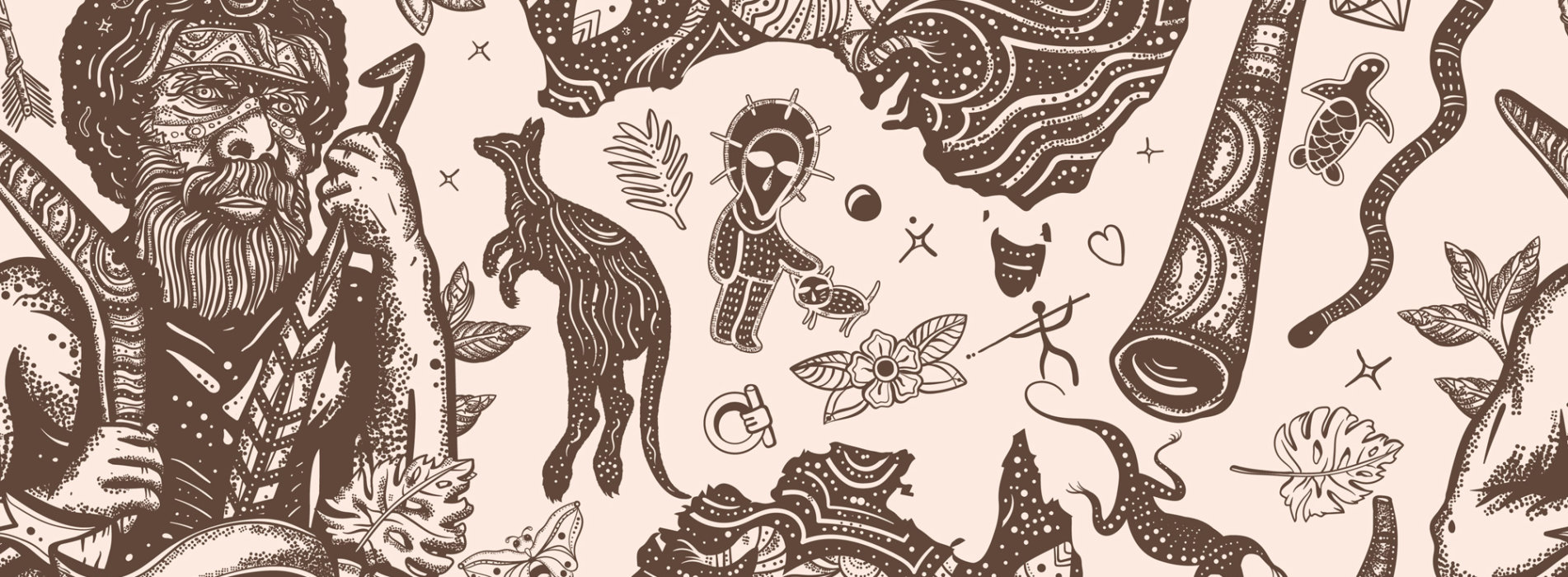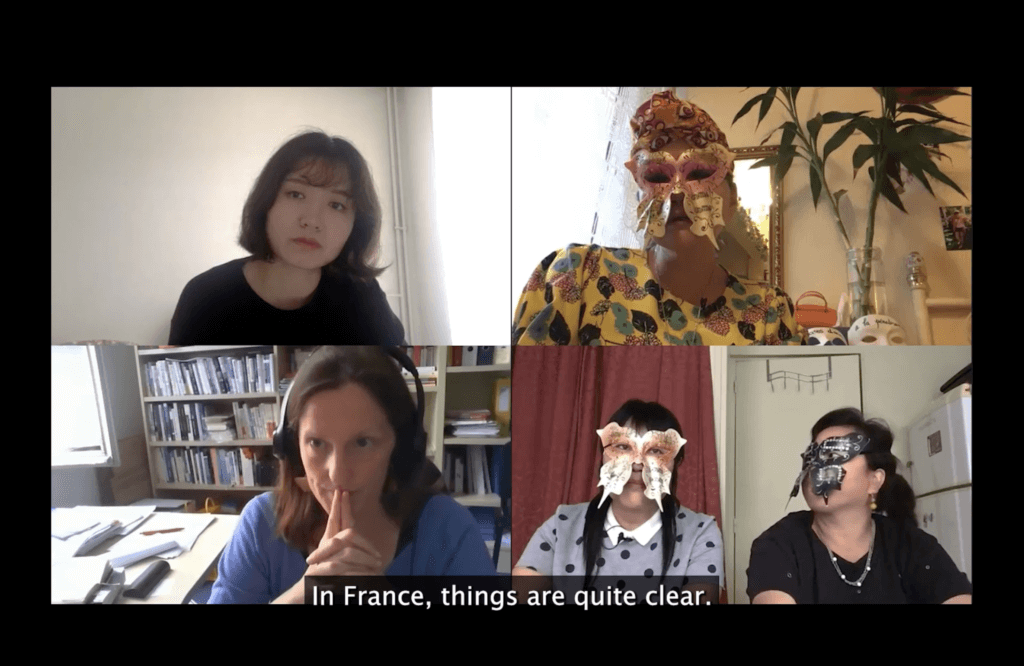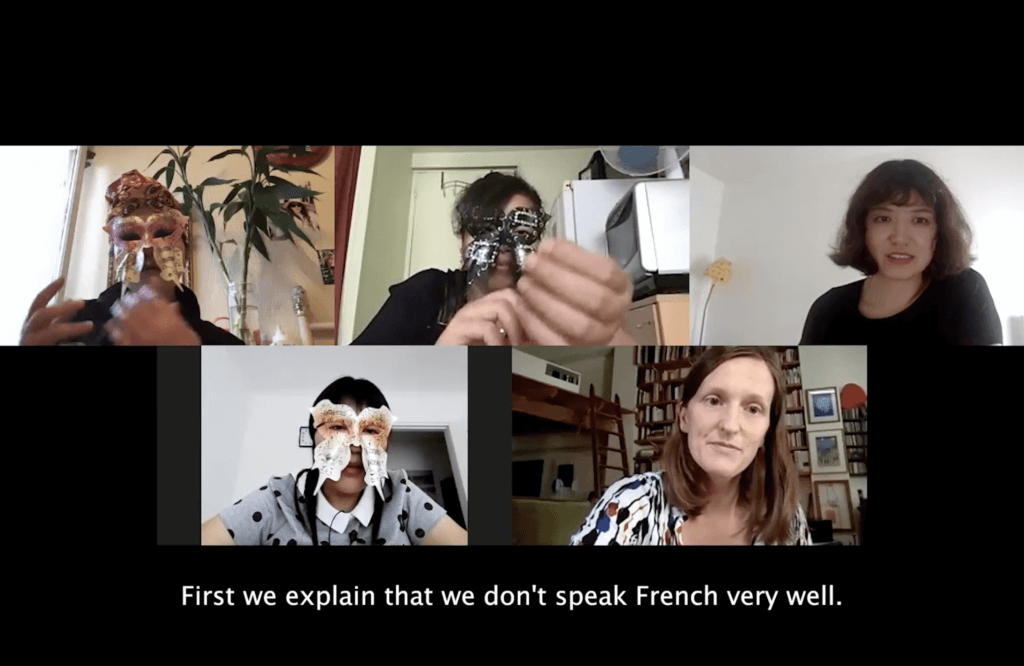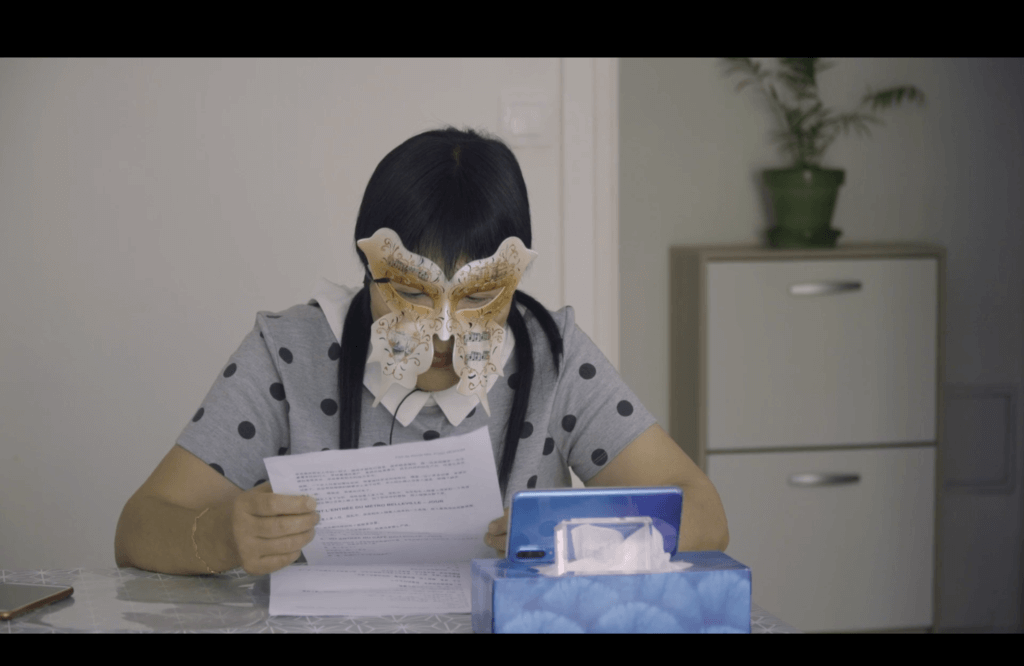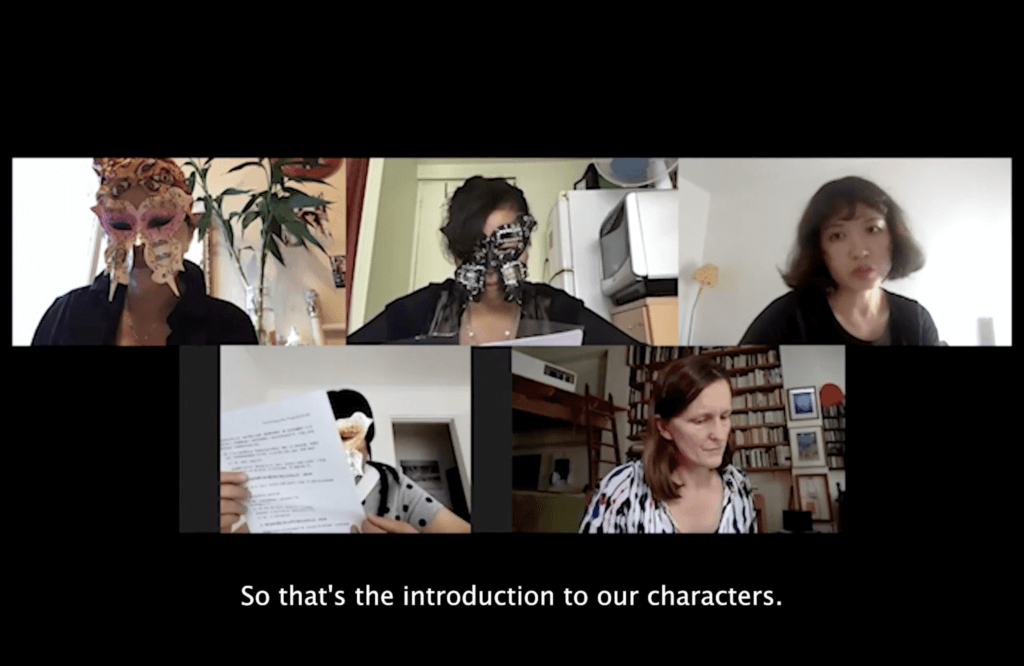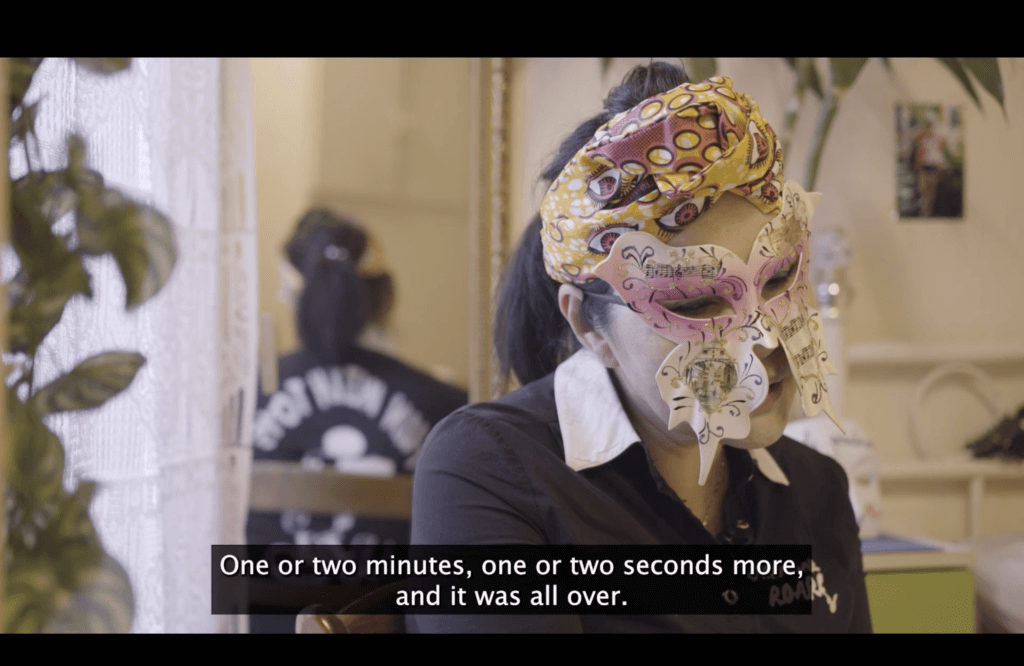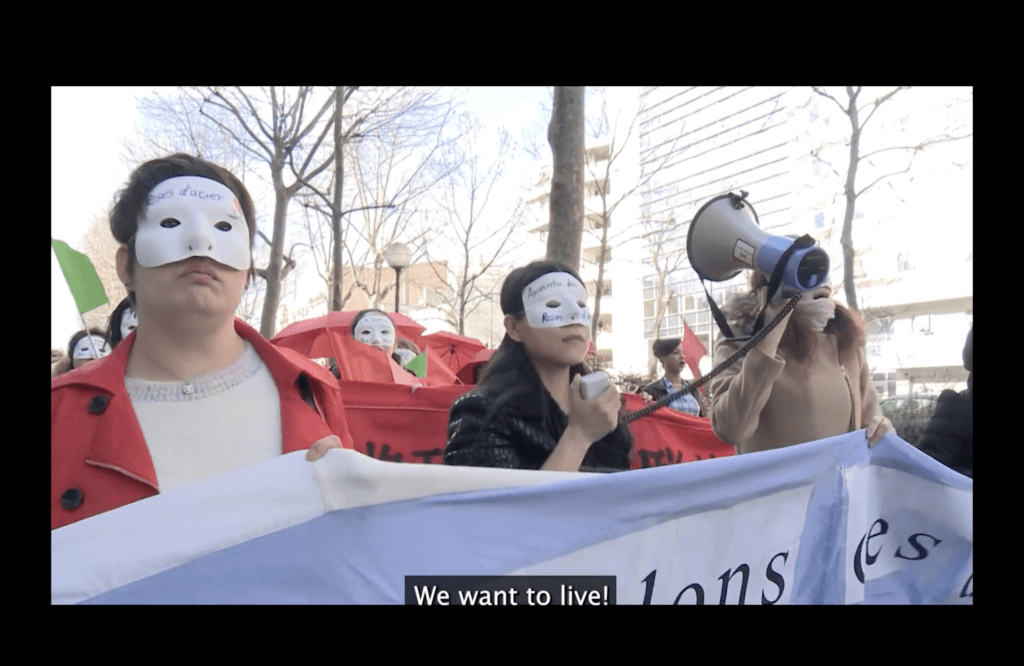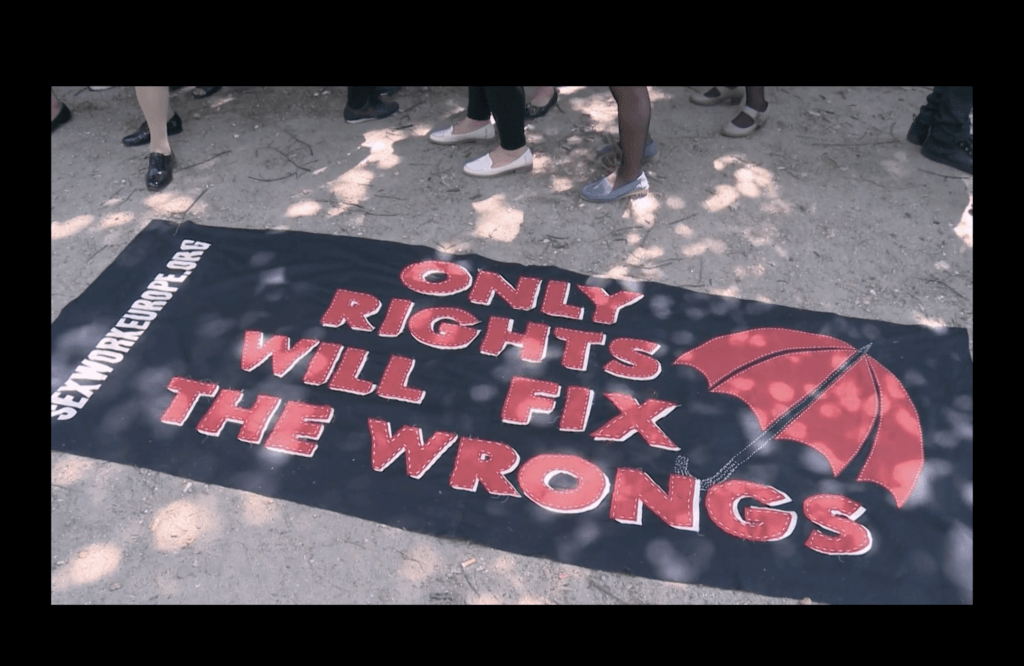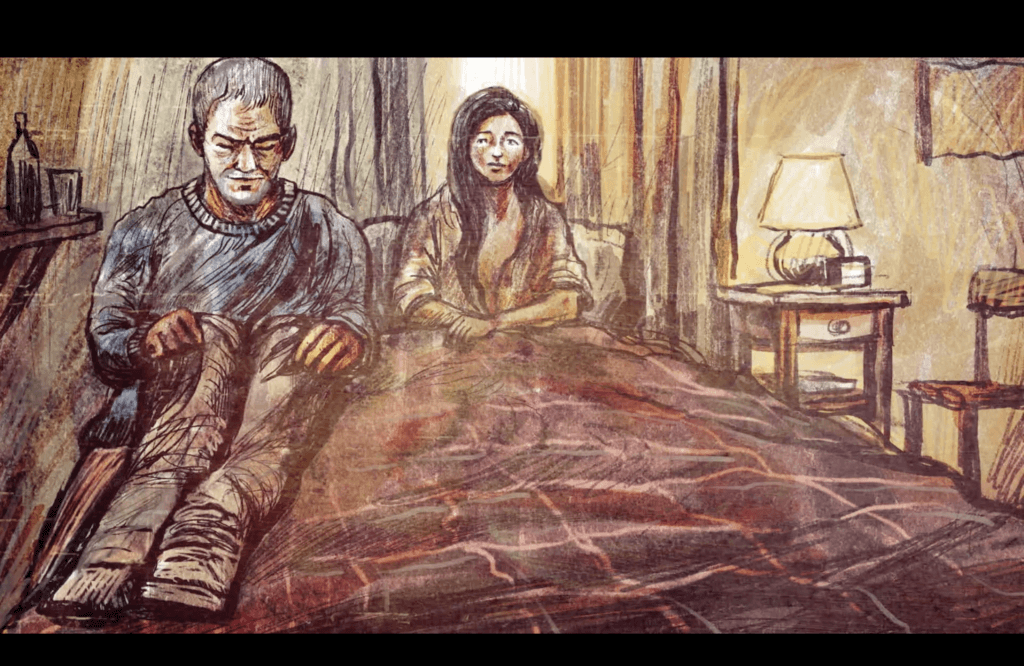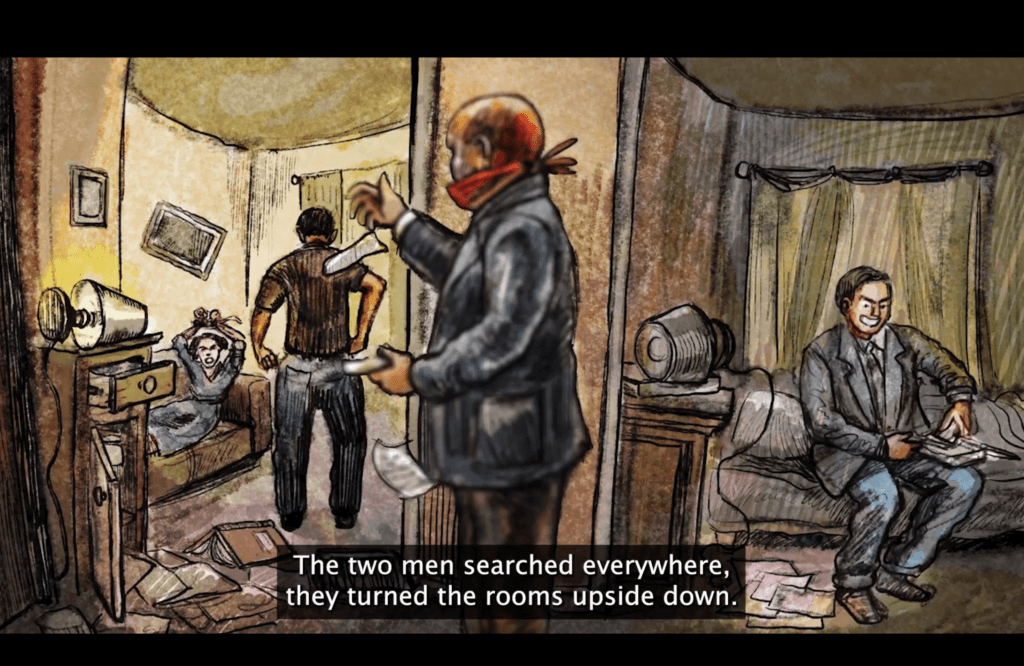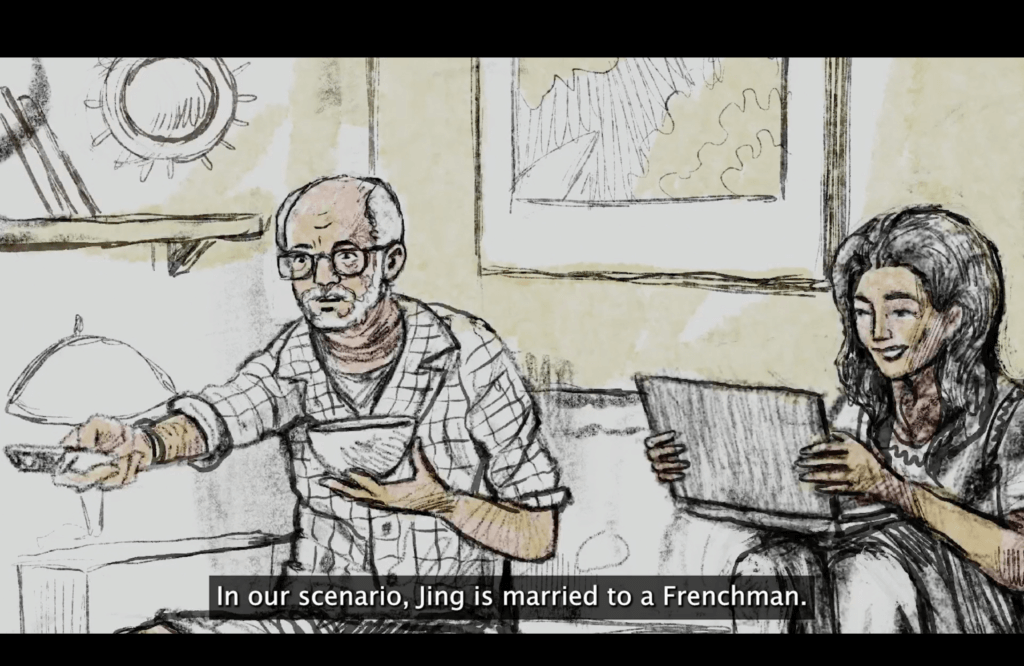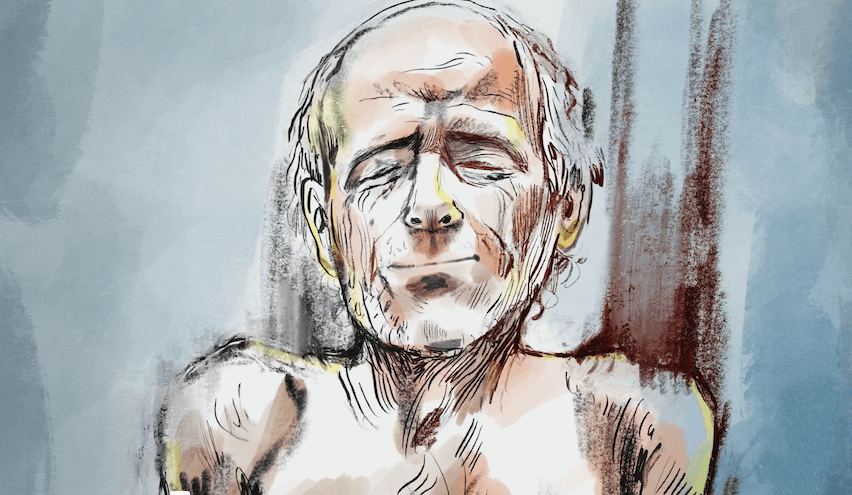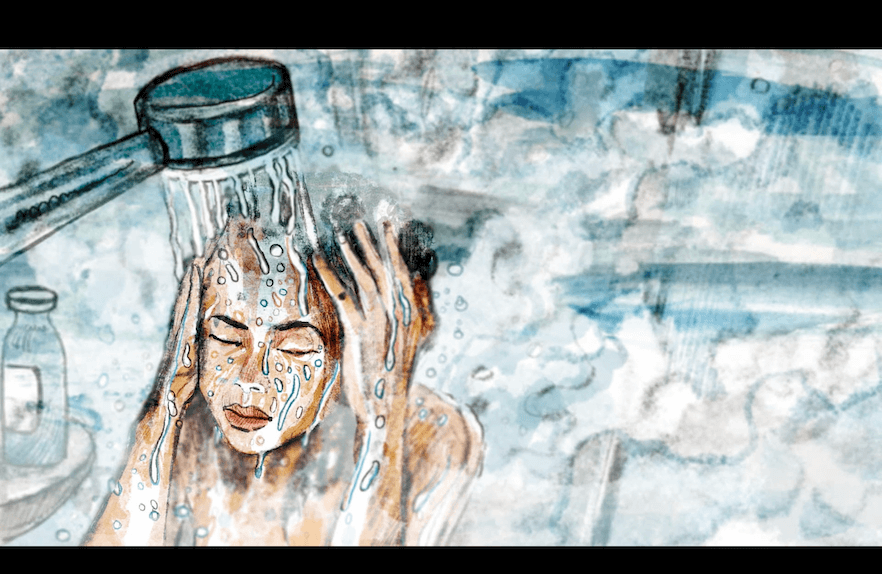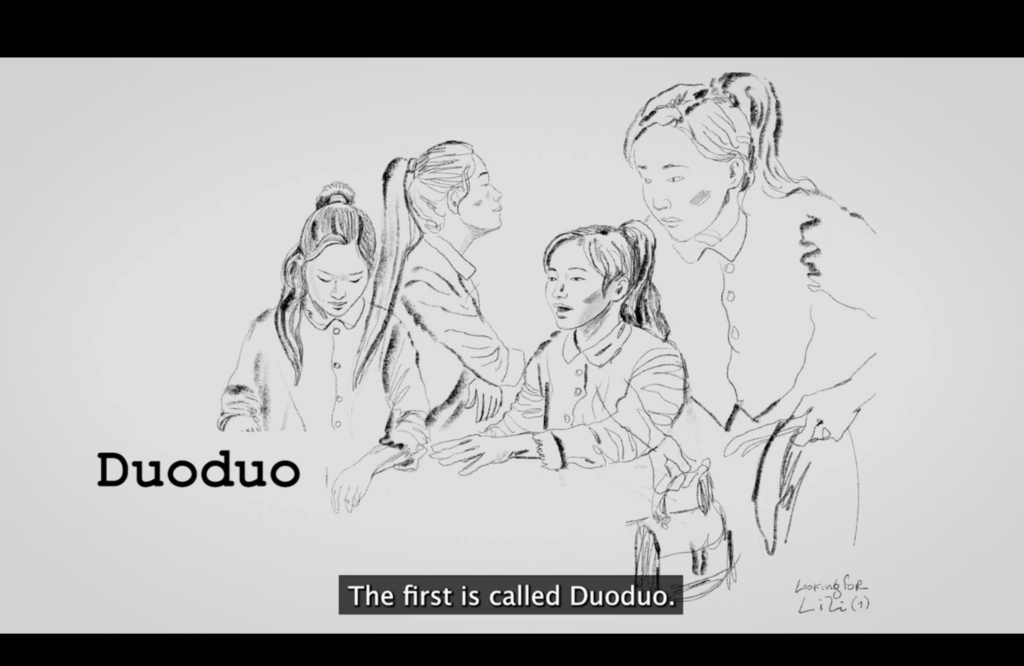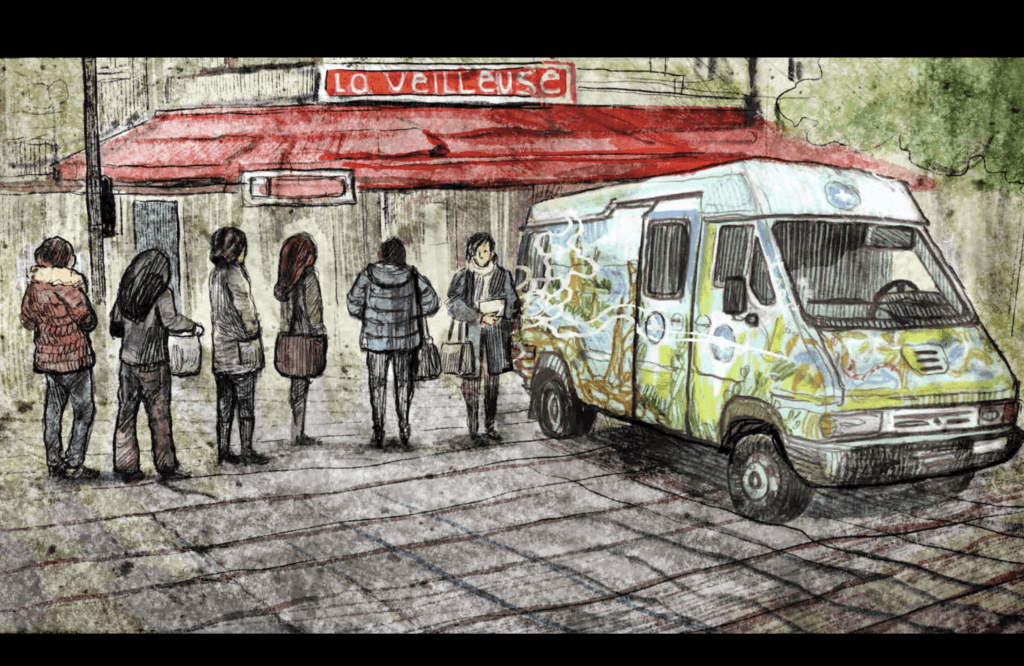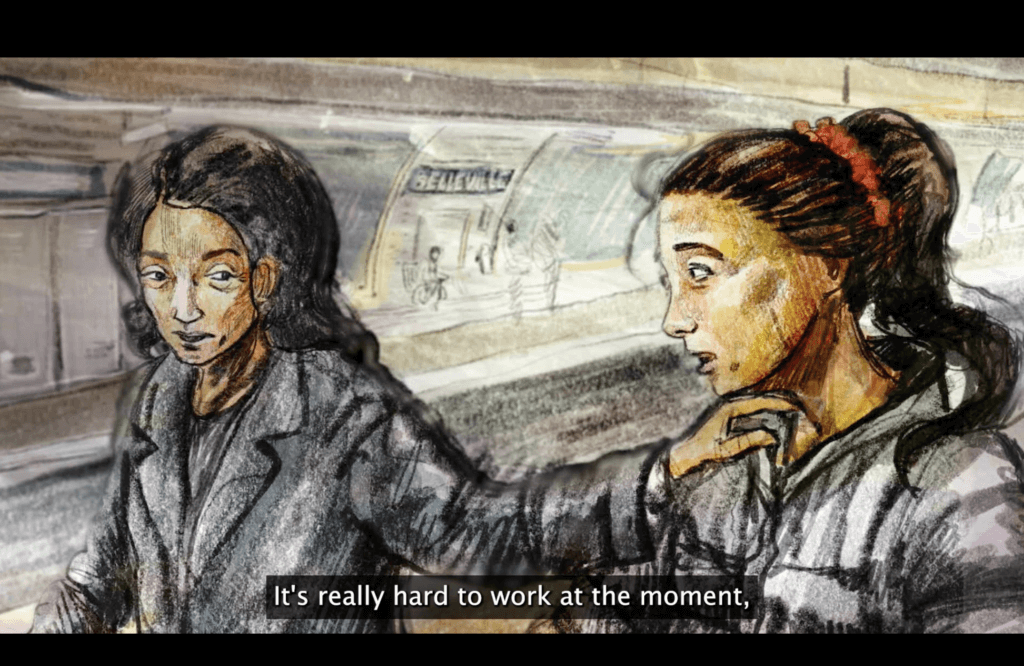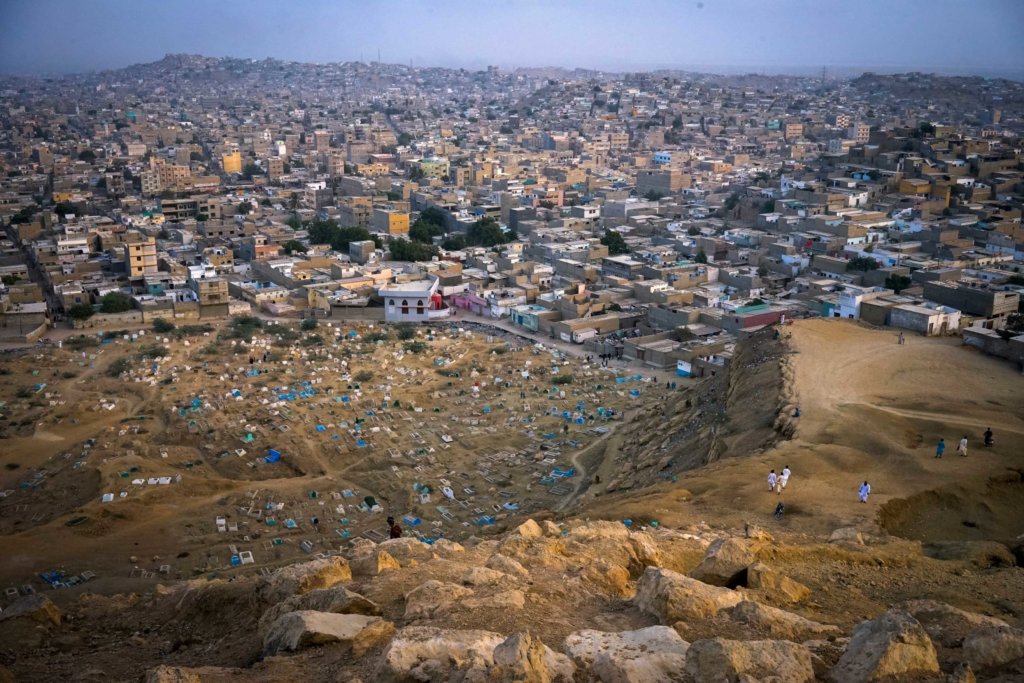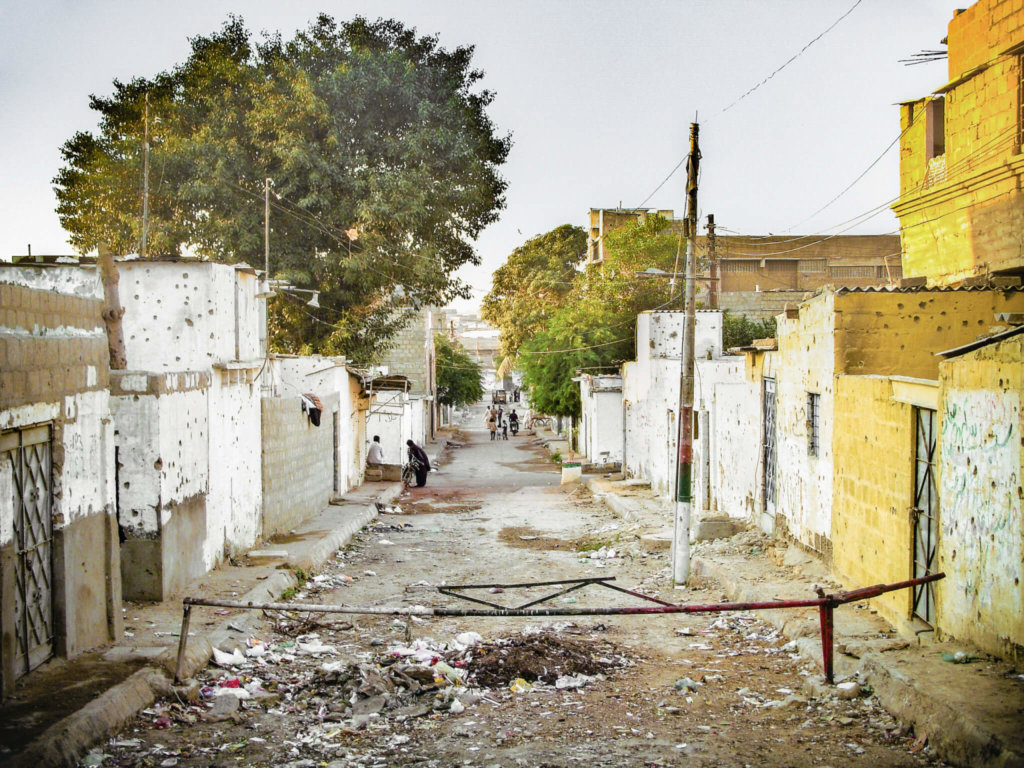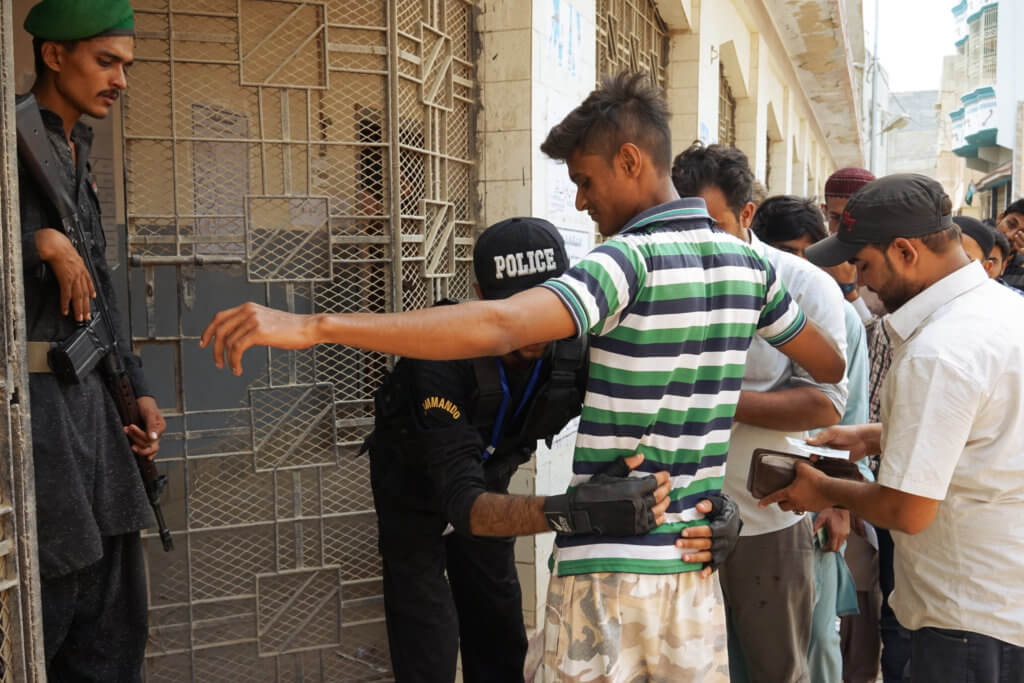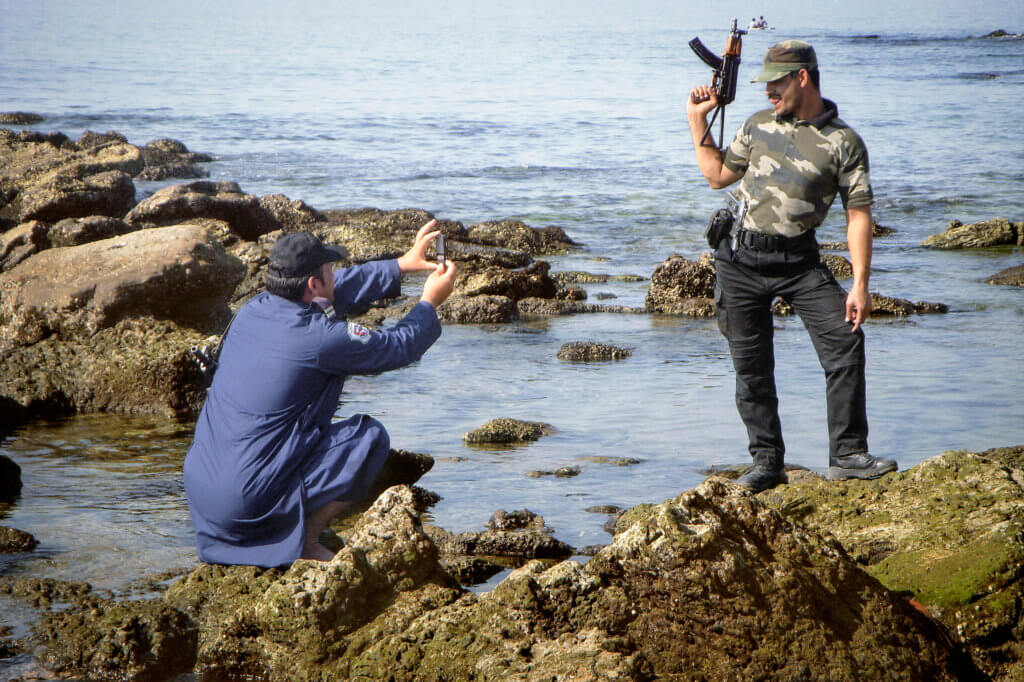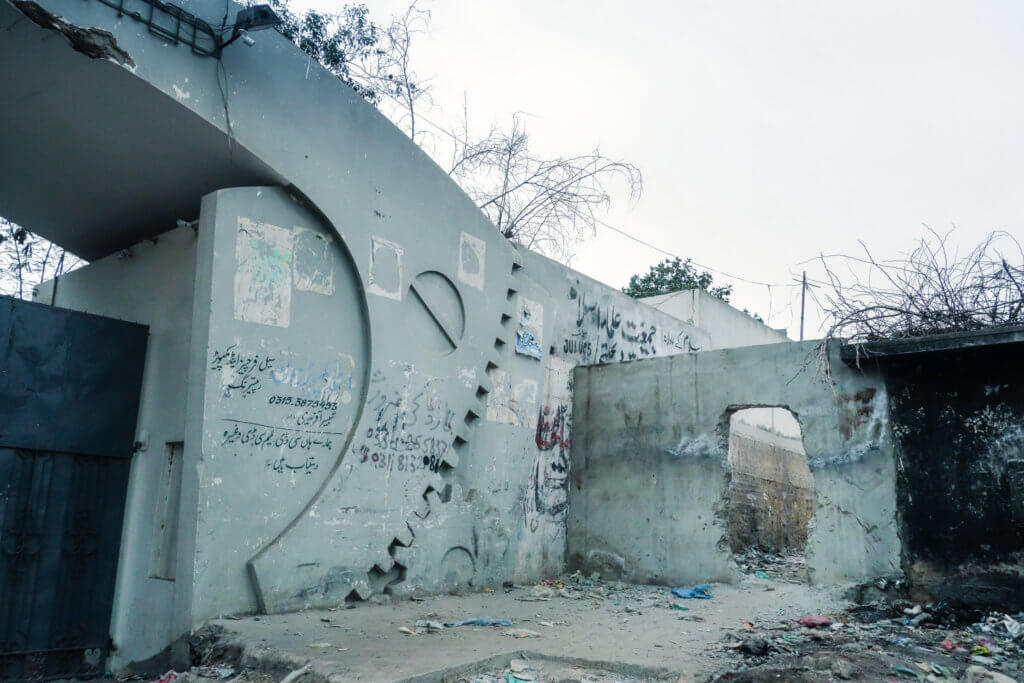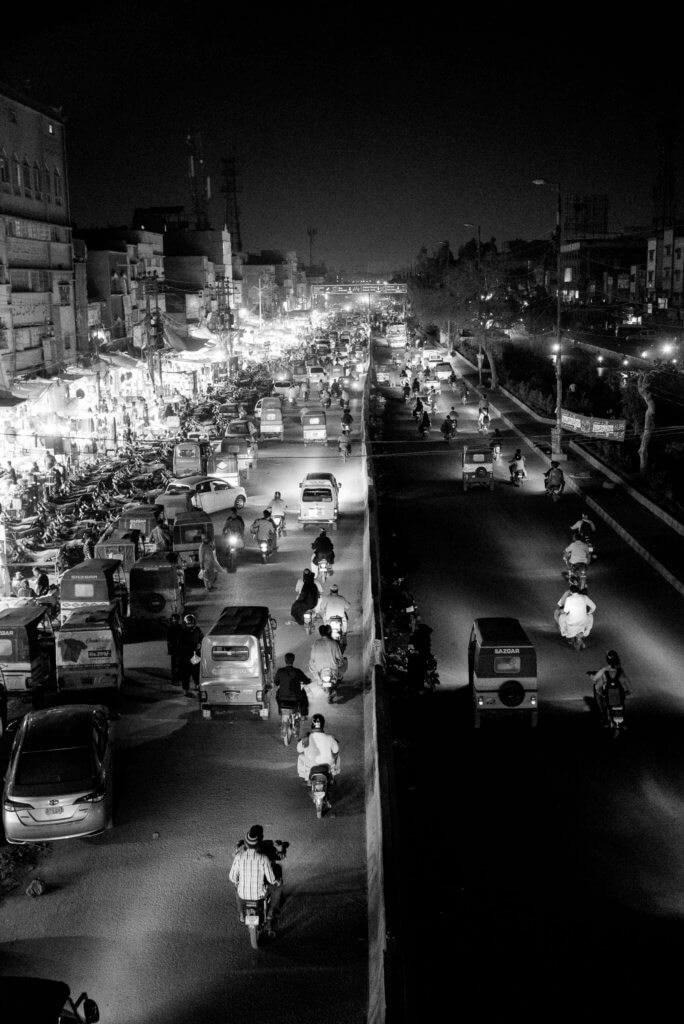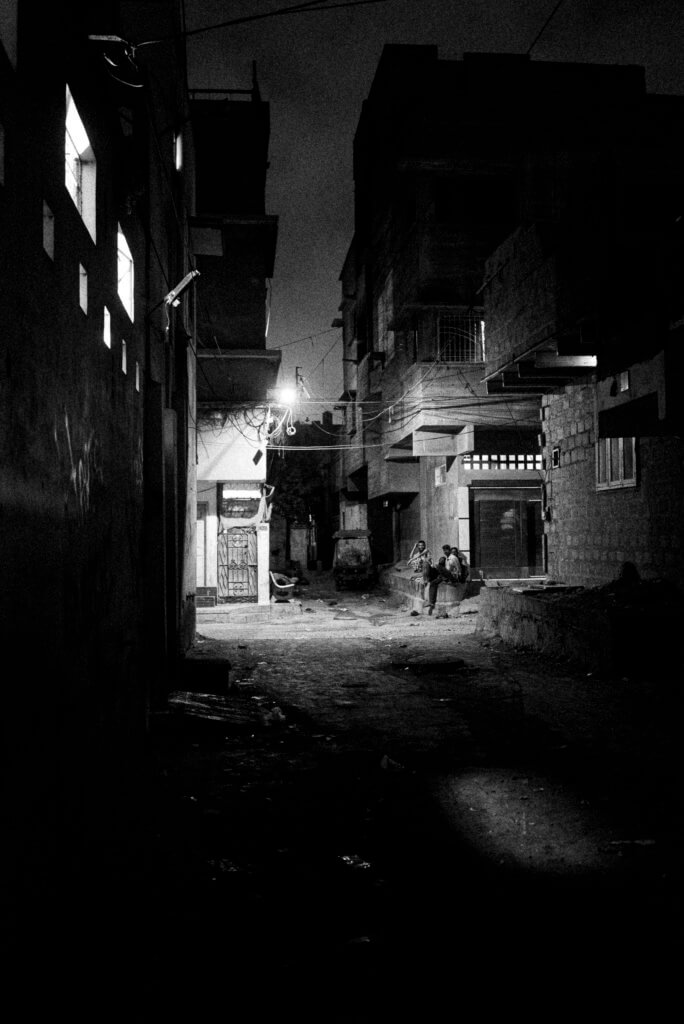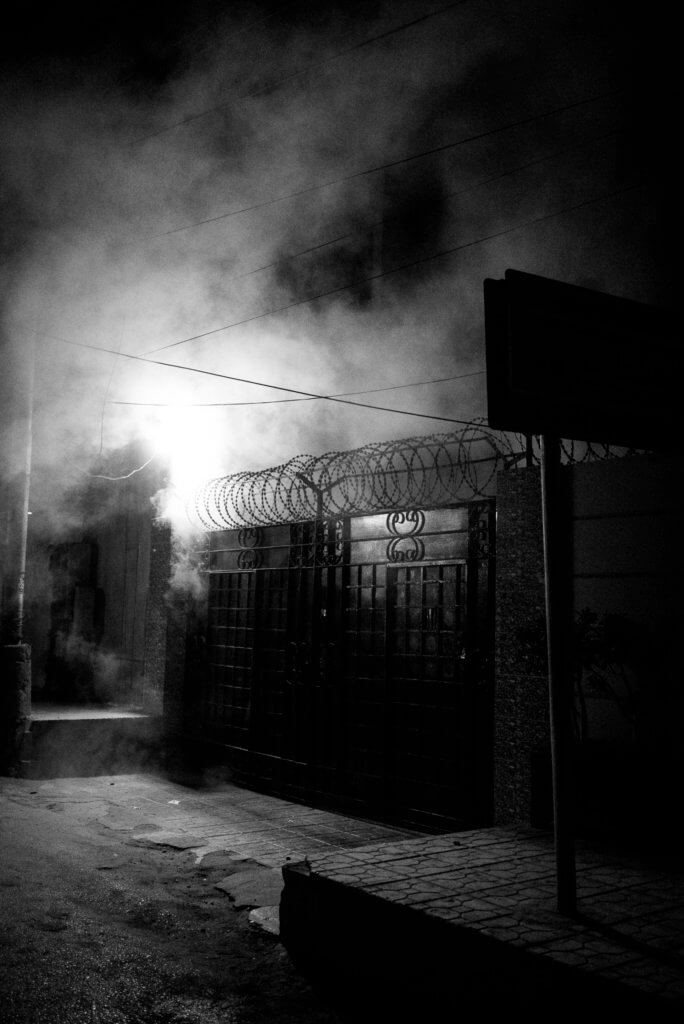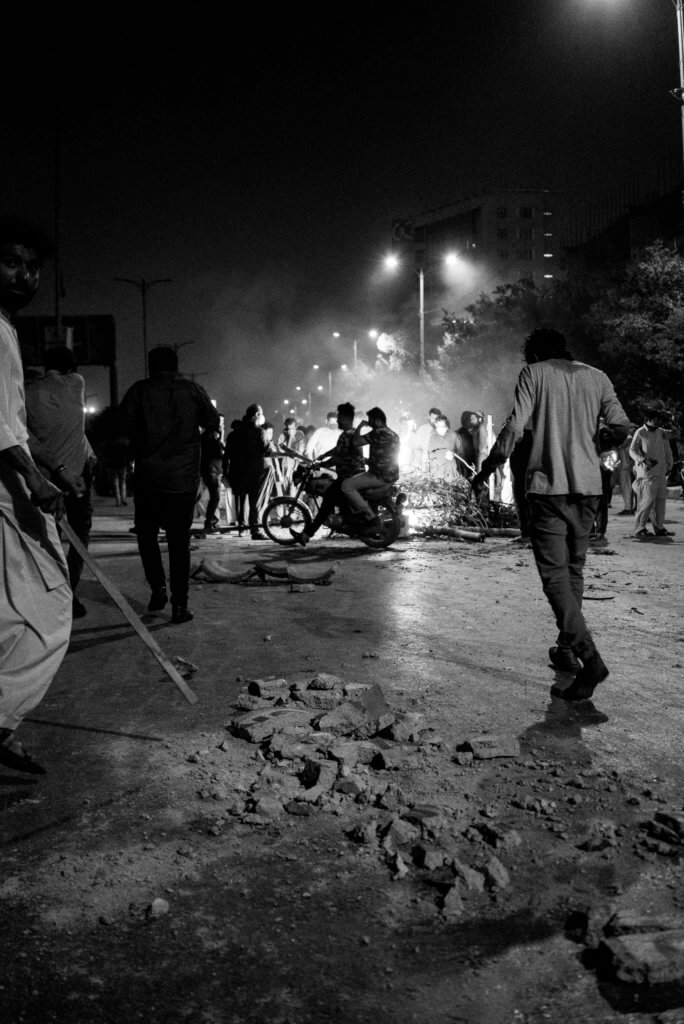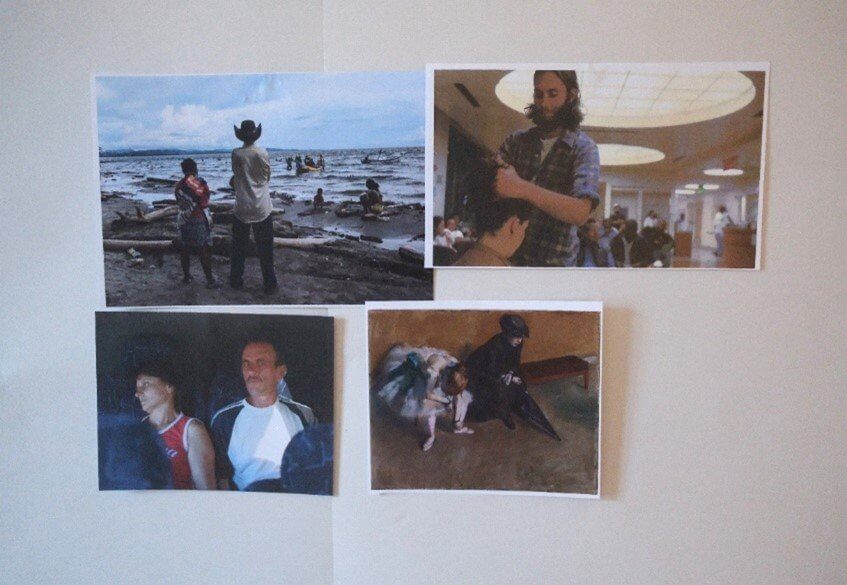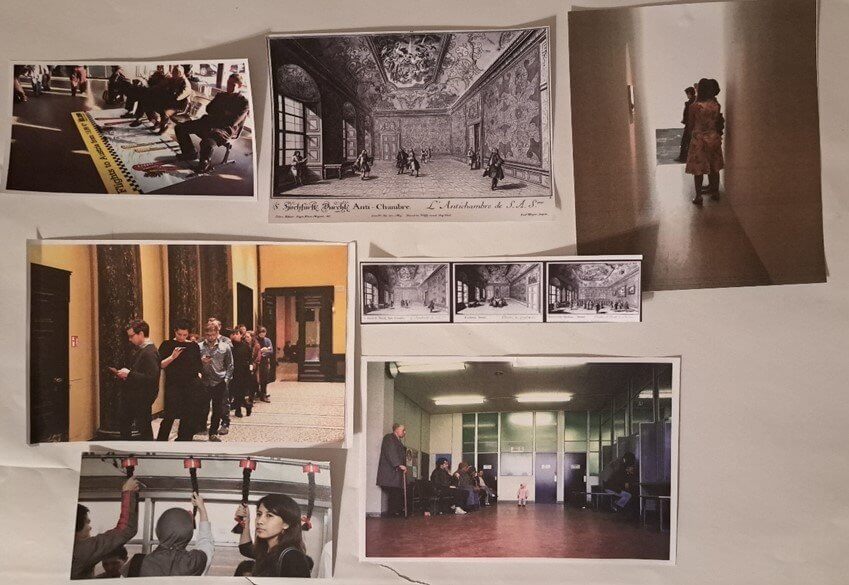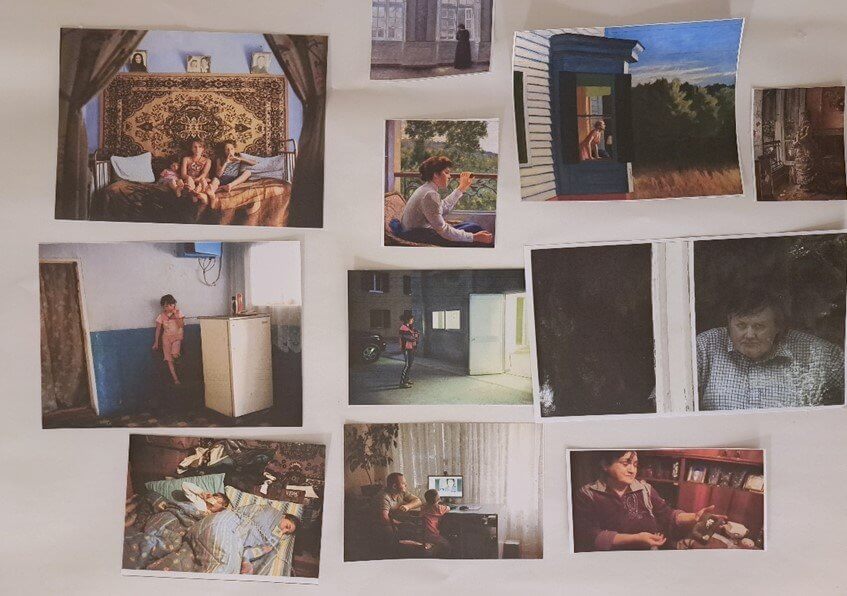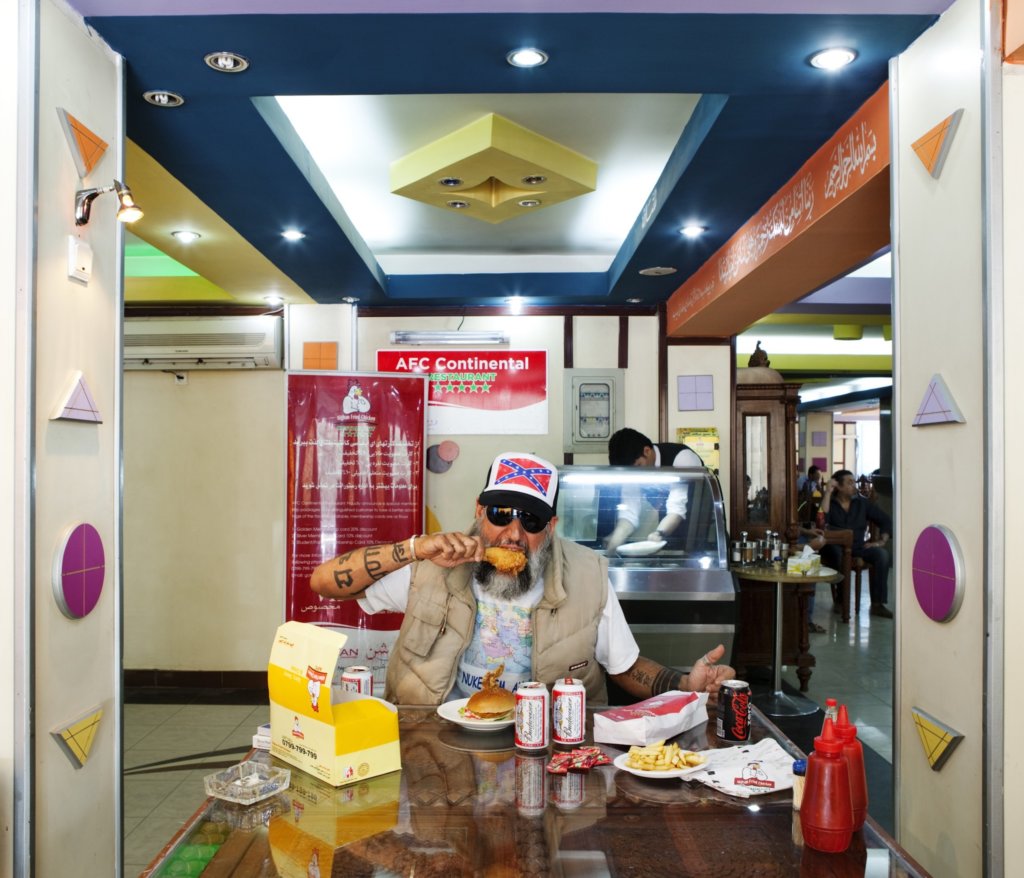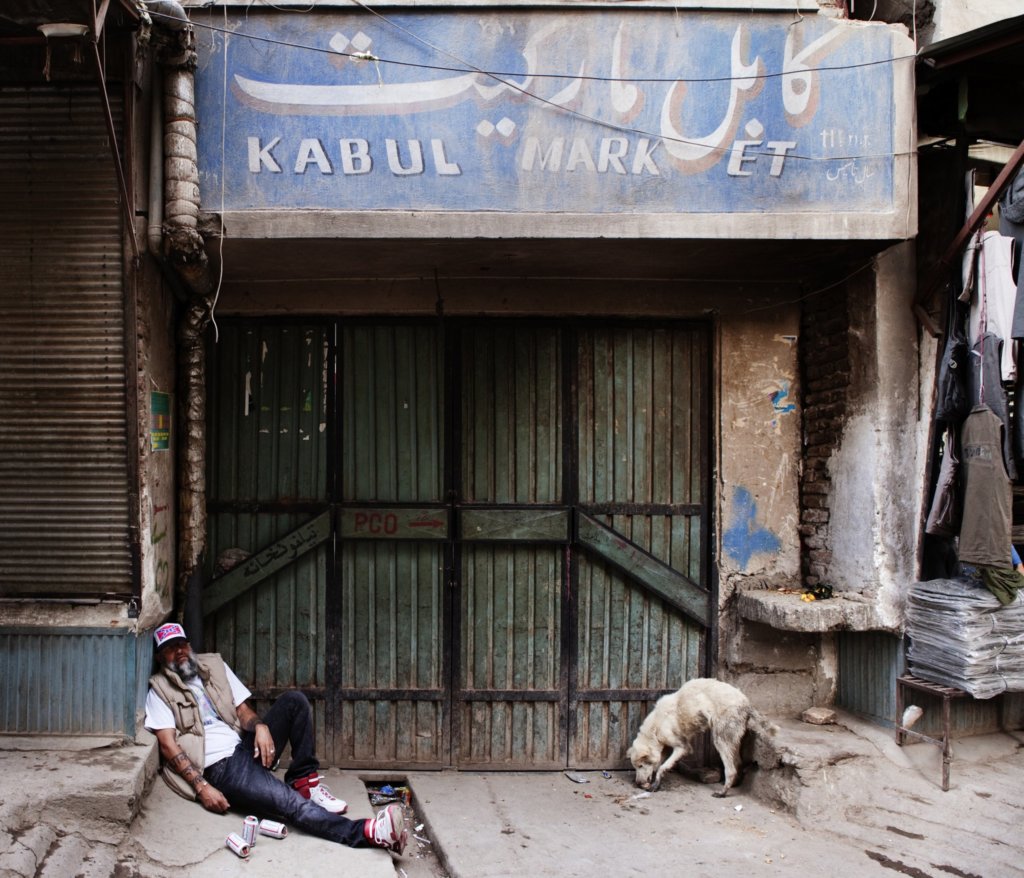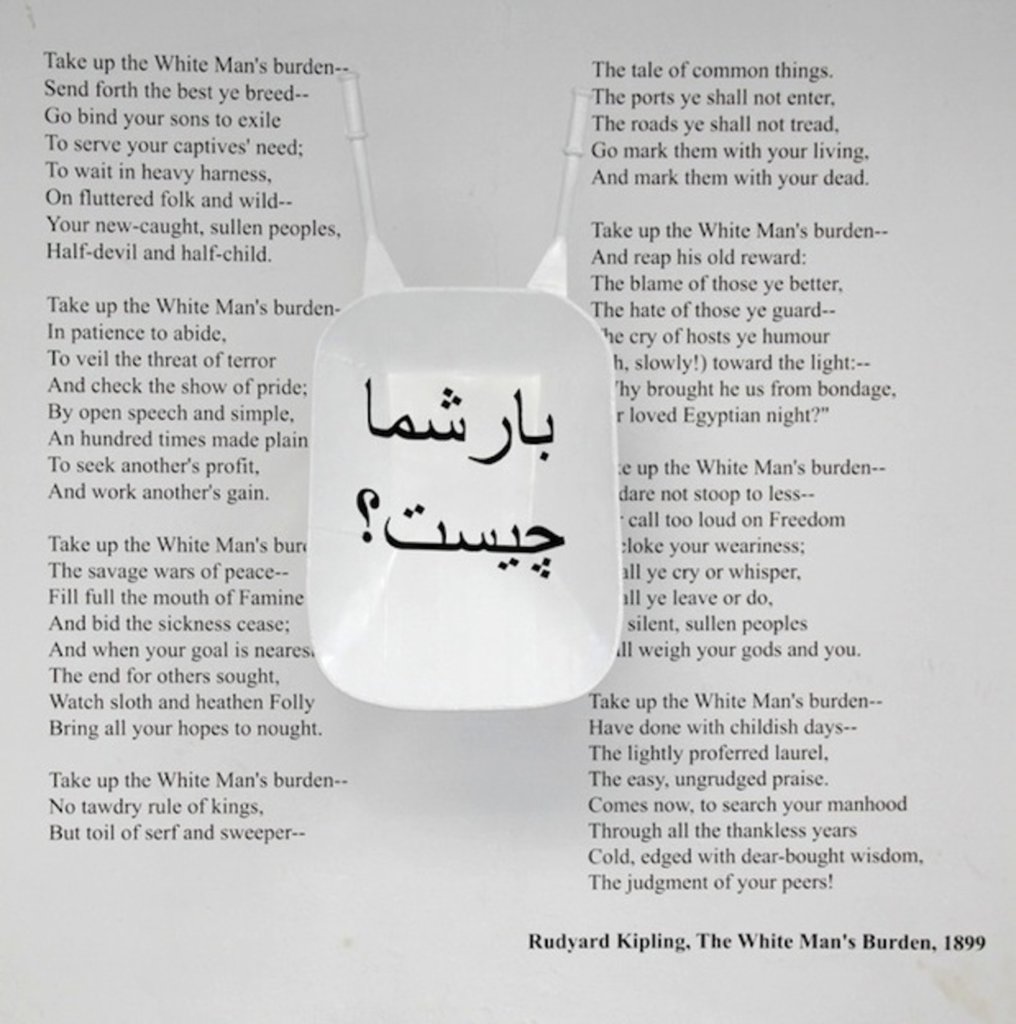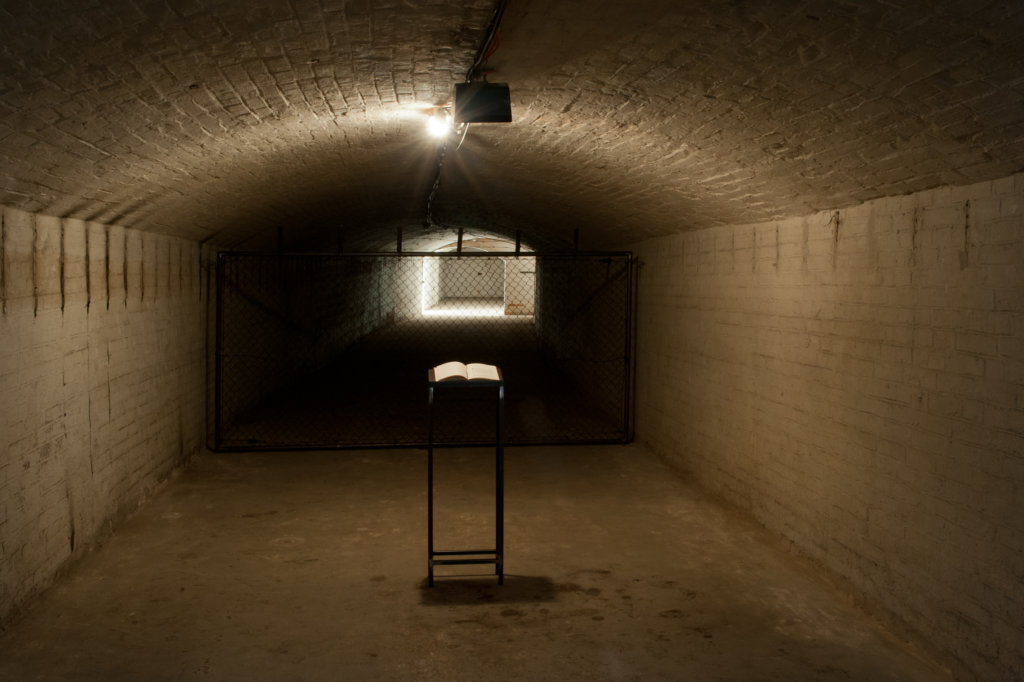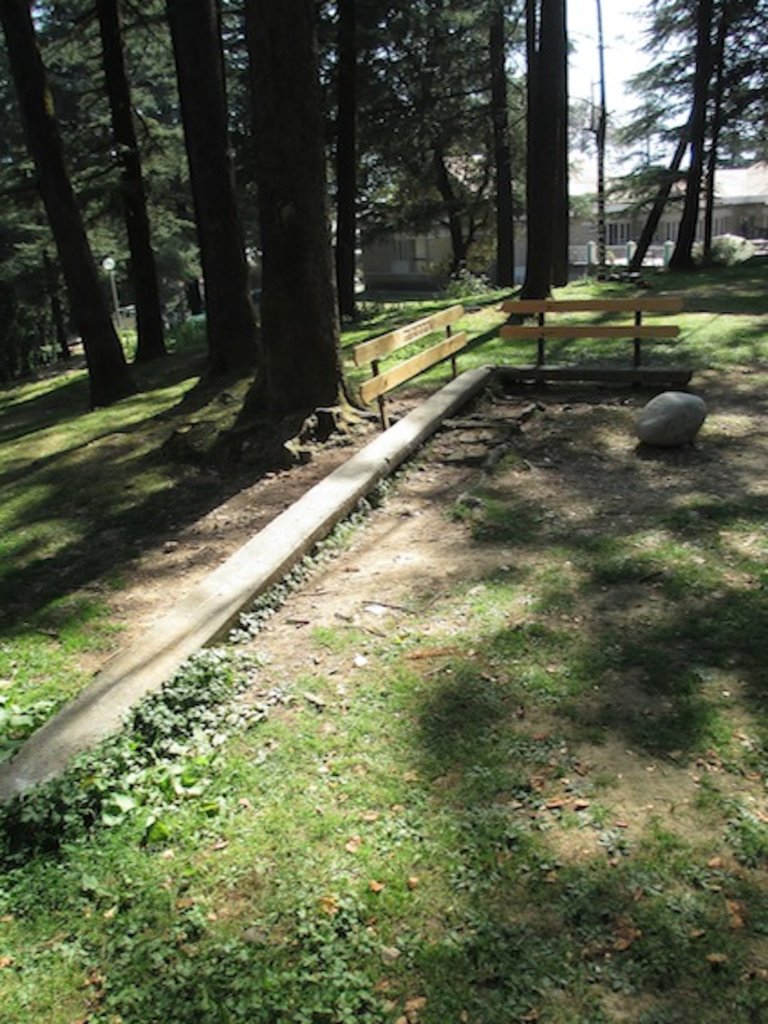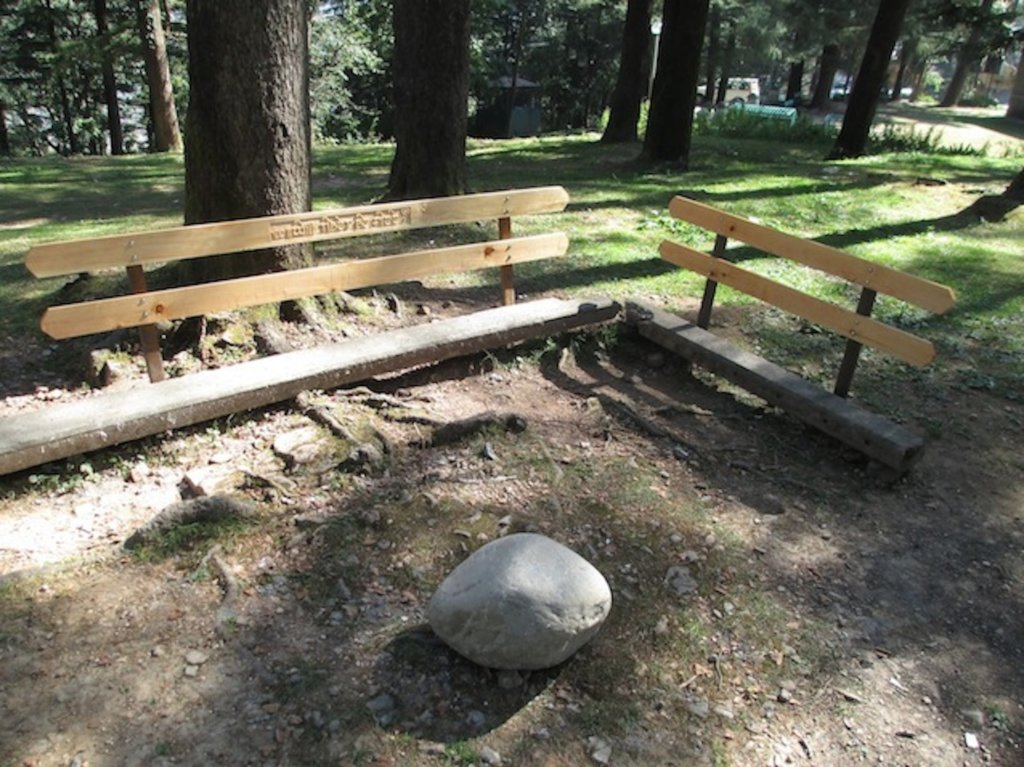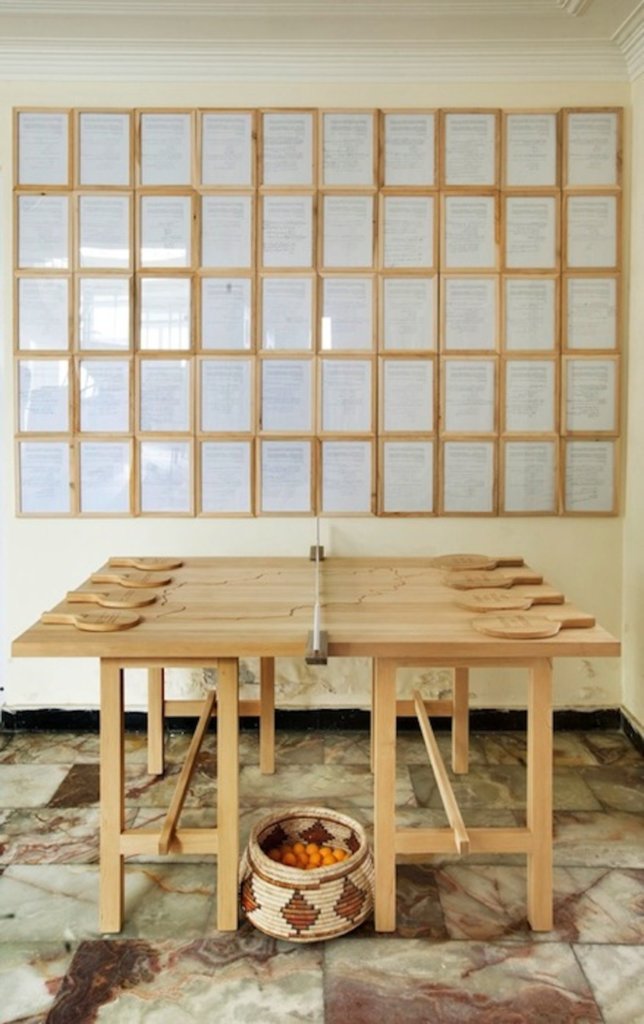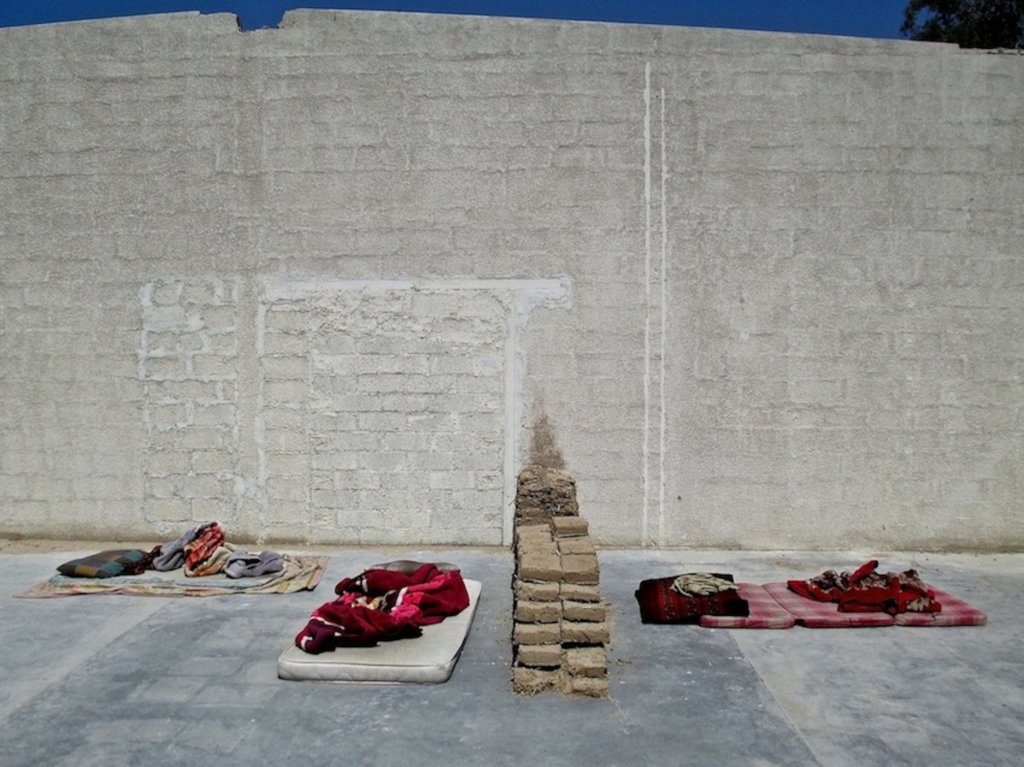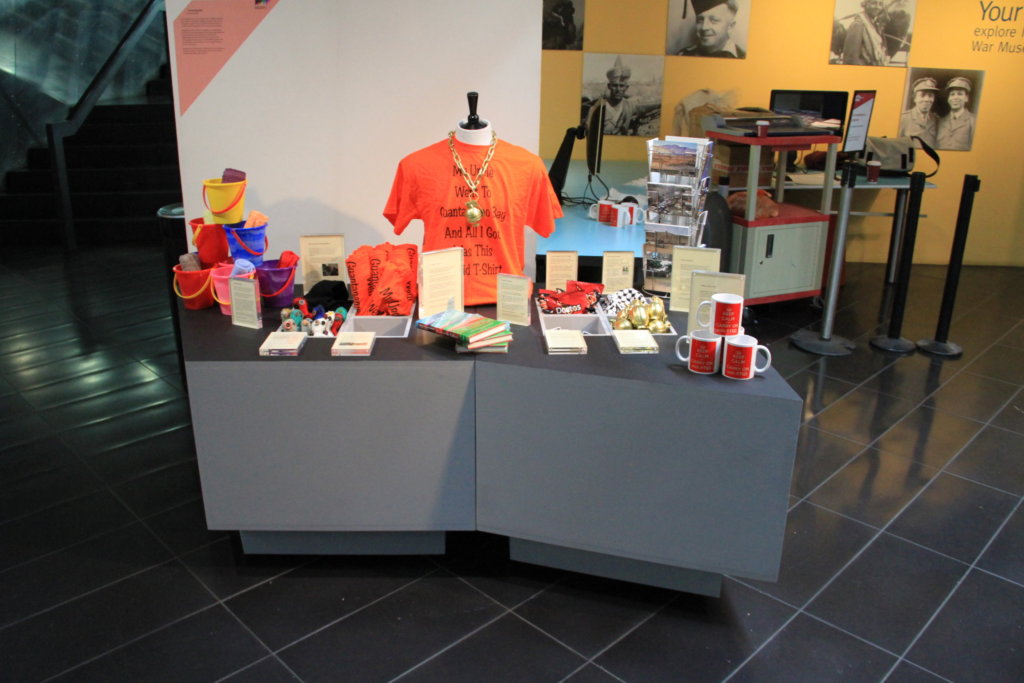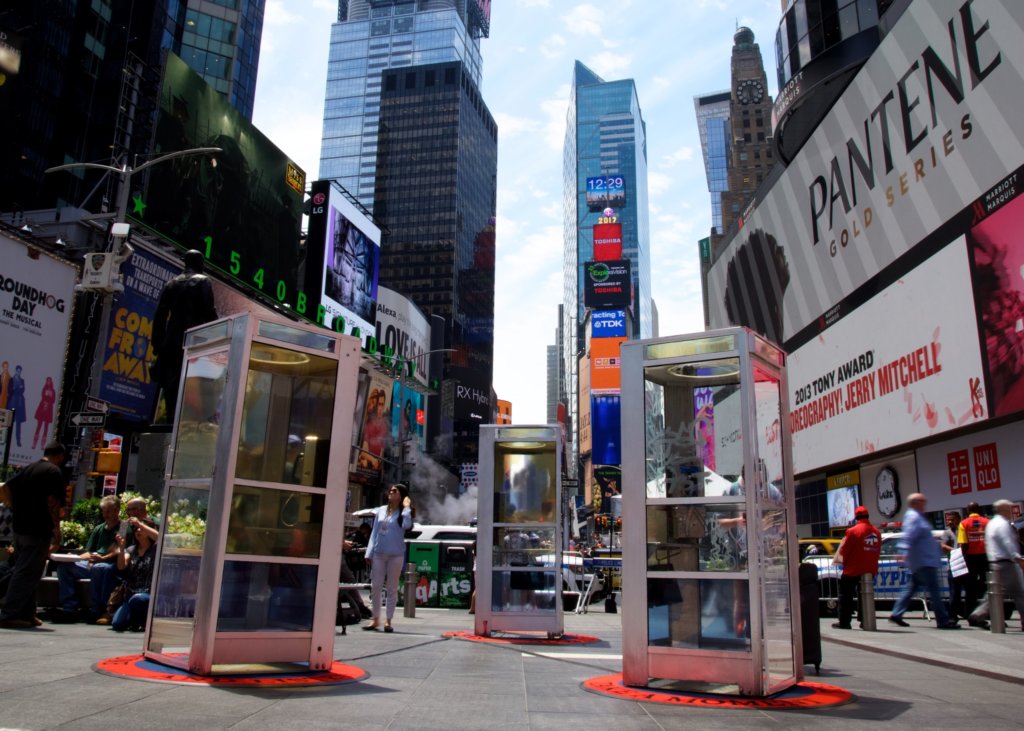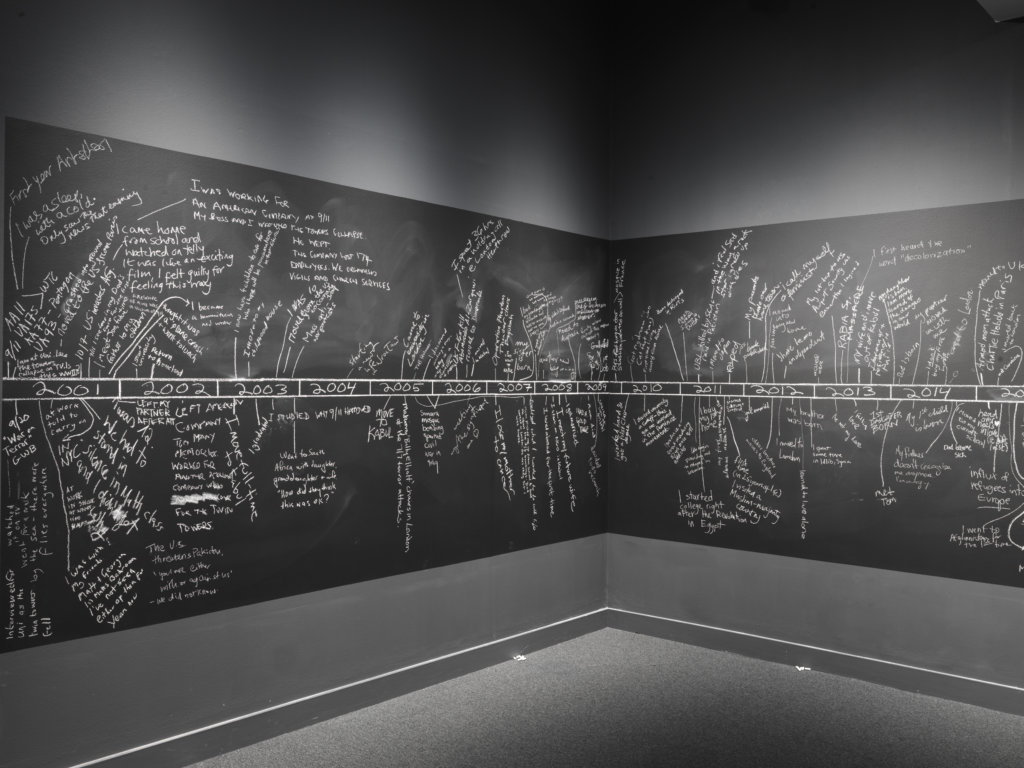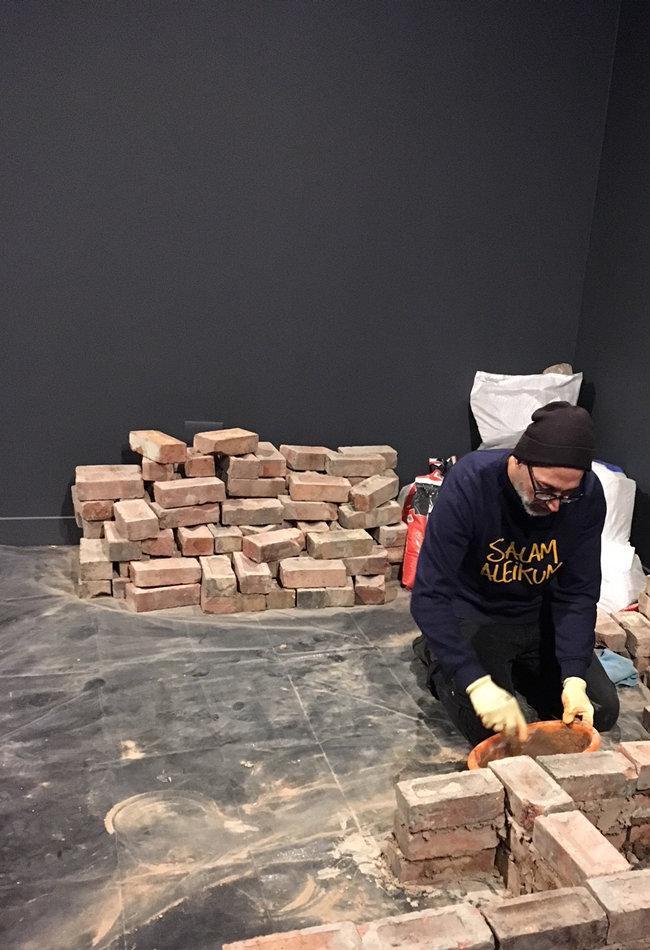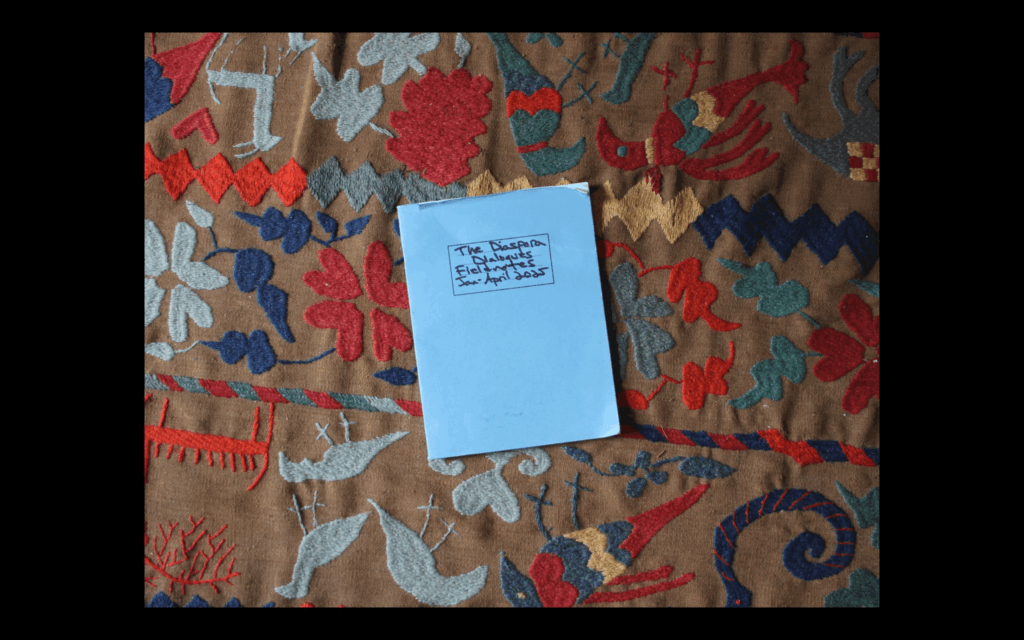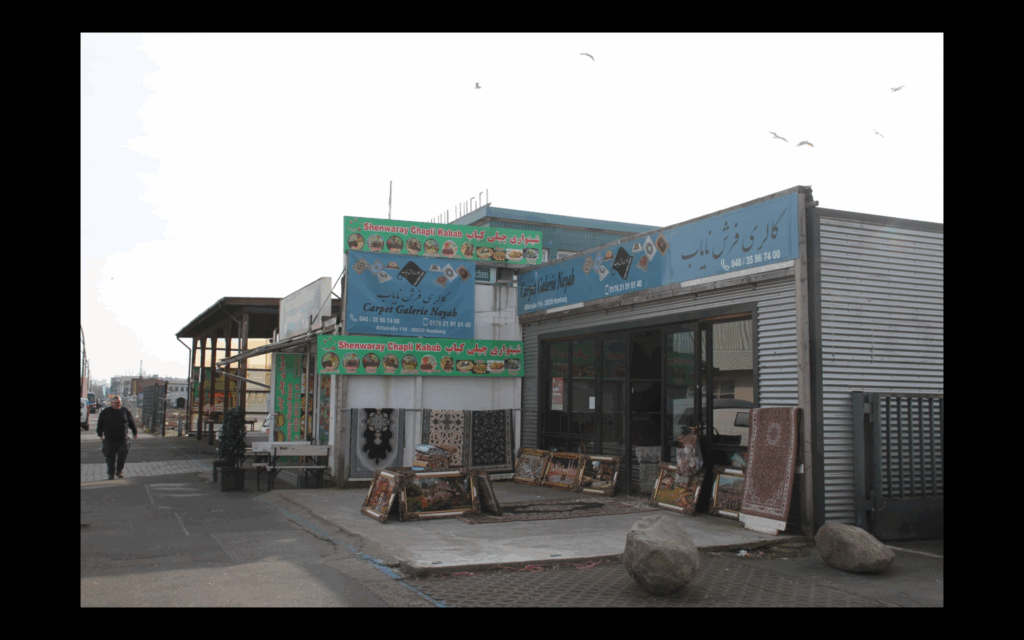Voices on the Cutting Room Floor: A Filmmaker’s Lens on Climate Finance Research
https://doi.org/10.71609/iheid-1tn3-gz13Behind a camera in remote Pacific communities, I first learned to see power through composition, who fills the frame, who remains at its edges, whose voices survive the edit. These visual grammars of inclusion and exclusion, acquired through years of documentary filmmaking, now inform how I approach the study of climate governance as I pursue a doctorate in political science, majoring in international relations at Sciences Po CERI. When I observe negotiations where some nations send dozens of representatives while others manage only one or two, I see it through a filmmaker’s eye: not just as resource disparity, but as a scene revealing how power reproduces itself through presence and absence. This is not a story about using film as a research method, but about how artistic practice can create enduring ways of seeing that would eventually draw me to international relations.Exclusion operates through framing devices, both literal and metaphorical, and power often resides in deciding where to point the lens.
For years, I worked in a university department, traveling to remote Indigenous communities across Australia and the Pacific to document community engagement programmes. My role was behind the camera, filming industry leaders and teachers as they visited communities, listened to elders discuss local challenges, and hopefully forged connections that might help these communities. Over this time, I visited places like Kirakira in the Solomon Islands, where I documented Australian students on placement. One group was building a market shelter, while another was helping run the local hospital for a community of three thousand.
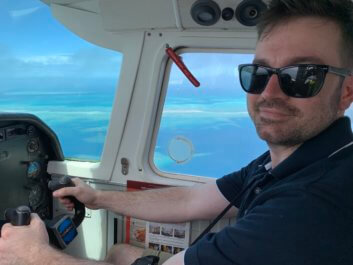 Aerial view of the Great Barrier Reef during transit to Mer Island, Torres Strait, August 2019.
Aerial view of the Great Barrier Reef during transit to Mer Island, Torres Strait, August 2019.I travelled to Lockhart River on Queensland’s Cape York Peninsula, to Thursday Island in the Torres Strait, and eventually to Mer Island, a small community of 406 people north of the Great Barrier Reef. Few Australians ever reach Mer, but I was privileged not only to film there but also to stand at Eddie Mabo’s grave and be invited onto land his family had traditionally held. This was the same ground where Eddie Mabo and four other plaintiffs challenged the legal fiction of terra nullius (“territory without a master”, or unowned land), seeking recognition of their people’s collective native title, a landmark case that would transform Australian law and finally acknowledge Indigenous land rights in 1992 (Mabo v Queensland (No 2)). Through my lens, I saw the same pattern everywhere: those with the deepest knowledge of place and change occupied the margins of the frame, their voices recorded but rarely shaping the policies that governed their lives.
I found myself drawn to stories on the edges, the perspectives of those on the margins that revealed something essential about how power works. This wasn’t aesthetic preference but epistemological orientation. Exclusion operates through framing devices, both literal and metaphorical, and power often resides in deciding where to point the lens. I was drawn to the background actors, those given few lines but who often saw the production most clearly.
Yet behind the lens, I grew increasingly frustrated with the limitations of documentary filmmaking. Each return to community brought familiar frustrations, elders sharing crucial knowledge that never reached policymakers, stories captured but not translated into structural change. My role began to feel extractive: I would arrive, film these essential voices, then leave without contributing to the transformations they sought. The camera could shift narratives and catalyse awareness, but I found myself drawn to research as another lens, one that could systematically examine why certain voices carry weight in global governance while others, despite their direct experience and knowledge, remain unheard. The ethical questions that haunted my filming, about representation, extraction, and voice, became the driving forces behind my scholarly work.
This transition from filmmaker to researcher wasn’t about abandoning one way of seeing for another but about adding new tools to engage with patterns I’d already learned to recognise. Decolonial scholarship offered language for what I’d witnessed. While the term “decolonial listening” emerges in part from sound studies, particularly in critiques of how colonial structures shape practices of hearing and silencing, its ethical and epistemic framing extends to broader domains. In research contexts, it can describe methods oriented toward relationality, humility, and attentiveness to voices systematically marginalised by dominant structures (Clark, 2021; Vázquez, 2012). Scholars such as Dylan Robinson critique settler colonialism’s “tin ear”, a structural refusal to register Indigenous meaning and presence, as part of a broader extractive mode of engagement he terms “hungry listening” (Robinson, 2020). Anna Cook similarly theorises settler ignorance as a systemic failure to recognise Indigenous testimony as knowledge (Cook, 2018). My documentary work risked perpetuating this dynamic, extracting stories without creating conditions for them to influence the decisions that mattered. This realisation drove me toward research methods that could reveal, rather than reproduce, these patterns of exclusion.
My current research attempts to trace these patterns of voice and exclusion through climate aid distribution. I examine whether recipient countries’ diplomatic presence affects donor decisions. When I analyse delegation patterns and aid flows, I’m tracking whether presence translates to influence in these forums where climate finance gets discussed. Small delegations face impossible choices: which negotiation sessions to attend, which bilateral meetings to pursue, which relationships to cultivate. They may miss the corridor conversations and informal moments where connections form. The question driving my work is whether donors respond to this recipient agency, whether consistent presence and engagement shape funding decisions. Or does a more pervasive form of colonial deafness and tin ear operate even here, rendering some countries systematically unheard regardless of their efforts to be present? The scale has changed, from community meetings to international forums, but I’m still tracking the same pattern: those who most need to be heard are working hardest to be in the room, with no guarantee their presence will translate to influence.The scale has changed, from community meetings to international forums, but I am still tracking the same pattern: those who most need to be heard are working hardest to be in the room, with no guarantee their presence will translate to influence.
The Alliance of Small Island States (AOSIS) exemplifies how marginalised voices can transform vulnerability into moral clarity. Despite representing nations that barely register on emissions charts, from the Caribbean to the Pacific, from the Indian Ocean to the Atlantic, these 39 states successfully pushed the world to adopt the 1.5°C target through collective action (Ourbak & Magnan, 2018). They weren’t asking for charity; they were insisting on survival, grounded in scientific evidence that others chose to ignore. Yet their rare success illuminates the broader pattern. These small delegations face impossible choices about which sessions to attend while wealthy nations distribute hundreds of negotiators across parallel meetings. They must decide between climate finance discussions and adaptation negotiations, between bilateral meetings and plenary sessions, and are structurally prevented from full participation in forums that determine their futures. At the 2025 UNFCCC Subsidiary Body in Bonn, the mid-year event that helps set the agenda for the annual UNFCCC Conference of the Parties (COP), I watched nations fight over whether to include a reference to the 1.5°C target in a key text. AOSIS continues to insist on what science demands while others haggle over commas and brackets. They speak as our conscience, aligned with evidence, but we’ve already crossed the line they warned us about (WMO, 2025). The tragedy isn’t that we didn’t hear them; we did, briefly, in Paris. It’s that we heard them just long enough to make promises we never intended to keep.
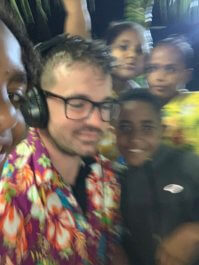 Completing daily video edit while on Mer Island, Torres Strait. Local children joined the frame during the editing session, August 2019.
Completing daily video edit while on Mer Island, Torres Strait. Local children joined the frame during the editing session, August 2019.This systematic exclusion extends beyond climate negotiations, bringing me back to where my journey began, Australia. The 2023 Voice referendum felt like watching a story I knew by heart, the same Indigenous communities I’d filmed years earlier still seeking basic recognition, their knowledge still dismissed. The referendum’s failure was particularly striking given that similar or stronger Indigenous advisory bodies exist across the developed world, from Canada’s constitutionally protected consultation rights to New Zealand’s Māori parliamentary seats, from Norway’s well-funded Sámi Parliament to even Japan’s recent Ainu recognition. Australia chose to remain an outlier (Leach, 2023), rejecting what would have been a relatively modest advisory mechanism compared to international standards. This failure sharpened my focus: from elders in remote communities to small island states at COPs to Indigenous Australians seeking an advisory voice, those who most need to be heard face the highest barriers to participation. Whether local or global, the pattern remains consistent; the question of voice, who has it, who’s denied it, threads through it all.
With climate finance perpetually high on the global agenda, the urgency of these questions intensifies. Climate-vulnerable nations facing existential threats need resources now, yet they’re often heard as victims rather than experts on their own reality. The camera first taught me that every frame is a choice about whose story matters. Now, whether analysing delegation data or tracking aid flows, I see the same truth: it’s the voices from the margins, Mabo challenging terra nullius, AOSIS insisting on 1.5°C, Indigenous communities demanding recognition, that see and are articulating most clearly what must change. They offer not just testimony, but also expertise born from lived experiences. The question isn’t whether they’re speaking the truth about our collective future; they are. The question is whether we’ll shape institutions to be capable of listening before it’s too late or continue leaving their voices on the cutting room floor.
Electronic reference
Winkler, Matthew. “Voices on the Cutting Room Floor: A Filmmaker’s Lens on Climate Finance Research.” Global Challenges, Special Issue no. 3, October 2025. URL: https://globalchallenges.ch/issue/special_3/voices-on-the-cutting-room-floor-a-filmmakers-lens-on-climate-finance-research. DOI: https://doi.org/10.71609/iheid-1tn3-gz13.This bilingual special issue of Global Challenges has been jointly produced by the Geneva Graduate Institute’s Research Office and the Centre for International Studies (CERI – Sciences Po – CNRS). Coordination was provided by Miriam Périer for CERI and Marc Galvin for the Geneva Graduate Institute.
VIDEO: Alexandra Grimal (2020)
Domaine de Chambord
An inauspicious day from the get-go
My poetry has always been influenced by other artistic media, including contemporary dance, music, and audiovisuals. ‘An inauspicious day from the get-go’ is a poem with direct roots in cinema. It is affected by the simple, striking, abrupt, and contradictory visual elements in the films of two avant-garde Palestinian directors: Hany Abu-Assad’s Rana’s Wedding and Elia Suleiman’s Divine Intervention and The Time that Remains. Similar to these films, the poem explores the indifferent, banal, and haphazard genocidal violence inflicted by, and inherent in, settler colonialism; so that regular, daily acts of the colonized, like talking on a phone, or looking out a window, become extremely dangerous actions.
Through the ‘colonial encounter,’ such simple acts transform into areas within which the colonized struggle to maintain their continuity, existence, and life, as contrasted with the colonizer’s core endeavor[s] of disruption, annihilation, death. This poem touches on these contrasts of ordinary, day-to-day living, examining how colonialism obliterates them to a point of no return.
An inauspicious day from the get-go
Some damn thing made her mom start talking to her about her fiancé yet again. “He’s just not cast from the same clay we are,” she said, “and I don’t think he’s really got it in him to make it a home.”
And as always happens at such times, the young woman shouted and swore, then she hurtled—like a metal water tank hoisted half-way up towards the roof slipping its trusses to crash back down—out of the house.
In the moment between her opening the front door and slamming it behind her, a tank passed; the sound of its tracks the crushing of little children’s bones, the smell of its exhaust charred corpses.
As she crossed over to the opposite sidewalk a sniper behind her shot a young man at the end of the street, of whom nothing had appeared in the machine gun’s sights except the hair on the back of his head.
Before she raised her hand to her friend’s doorbell a bulldozer had extended its metal claw towards the walls of the next-door building, so that it crumbled into pieces on the ground.
Under the rubble a doll with disheveled hair and dusty clothes was playing some music out of her belly, next to her a notebook in which the boy had drawn what he imagined of a bulldozer destroying a house that he imagined as his own.
The boy sits silent while the woman at his side (his mother) hits herself on the head, his father having preceded him to prison. The boy will grow up one day and will love a girl who has grown up also, and then he will be betrothed to her.
The boy who got engaged to the girl—after they grew up, and he got out of prison—had been saying goodbye to her at the end of the street, and stayed there watching her walk away until she entered her house. Then he slowly walked along the street from one end to the other, passing in front of the sniper, who eventually took the decision to put a bullet in the back of the boy’s head, after the tank had gone down the street, and he’d heard the sound of a door slamming and a girl had dashed by from one sidewalk to the other, all of which he took to be evil omens, and were.
Copyright © 2025 by Hisham Bustani. Originally published in A Poem-a-Day on January 27, 2025, by the Academy of American Poets.
Translated from the Arabic by Alice Guthrie.
VIDEO: Medical placement in the Solomon Islands
Bond University
Presentation of Destiny/Destination and reading of selected poems by Darius Kethari
Geneva Graduate Institute
VIDEO The Monkey in the abstract garden, Alexandra Grimal
Montage 1: Waiting with, differentiated temporalities in shared waiting
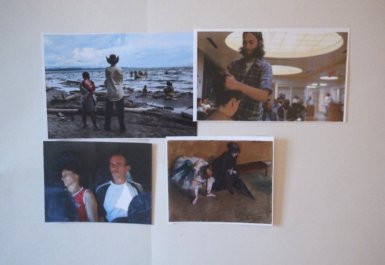
It is unsurprising that waiting has a collective aspect, fostering interaction and potential solidarity. Yet, juxtaposing images like this film still from Peter Nicks’ The Waiting Room (a woman awaiting a consultation alongside her partner) and Edgar Degas’ painting L’Attente (a young dancer accompanied by a possible chaperone) raises questions about differentiated temporalities in shared waiting. How does the presence of accompanying individuals who share the waiting experience, even though they are not directly waiting for anything, alter the dynamic of waiting?
Nora Doukkali Elamajidi
Artistic collaborations with Carlo Vidoni (Destiny/Destination) and Loris Agosto (Homo Itinerans)
It was almost by chance that I began collaborating with two artists I knew from before. I first worked with Carlo Vidoni to design an exhibition entitled Destiny/Destination, which resulted in a polyphonic book bringing together interviews with migrants and poetic evocations, drawings and photographs (Monsutti & Vidoni 2023). The words we collected uncovered the vacuity of certain predefined categories: for example, the labels “economic migrants,” “asylum seekers” and “refugees” flatten a much more complex and diverse landscape. Our interlocutors spoke of their migration trajectory in terms of a tension between attachment to the places where they grew up and curiosity about the world that exists beyond the walls of their homes. These polymorphous conversations were translated into an open language that crossed the boundaries between social anthropology and visual art, between creators and the public, to reach people who could relate to the migration narratives and enrich them with their own experience. The lines on the palm of the hand were our visual and discursive starting point. They tell stories, they convey a message of singularity and, at the same time, of shared humanity, of idiosyncrasy and universality.
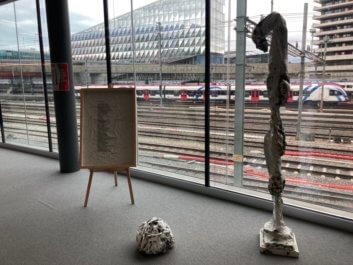 I Am From Where I Am Going, Geneva, March 2024 (A. Monsutti).
I Am From Where I Am Going, Geneva, March 2024 (A. Monsutti).Another artist, Loris Agosto, was struck by a sentence that an old man told me during my fieldwork in the mountains of central Afghanistan. I used this sentence to open the book Homo Itinerans (Monsutti 2020): “I come from where I am going!” An apparently paradoxical sentence, it is more than just a formula, it is an invitation to change our perspective and take a fresh look at human mobility. Here, social sciences inspired art through the production of sculptures in which human faces can be distinguished, without it being clear whether they are being born or being swallowed up by mud. The work was complemented by figurative texts I wrote to evoke migrants’ conditions of living and itinerancy as a way of being in the world (see more).
Alessandro Monsutti
The Garden of the (In)visible
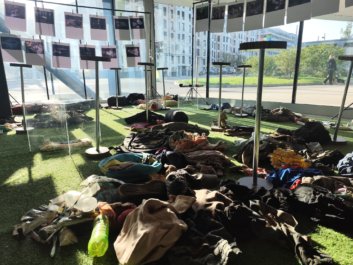 The Garden of the (In)visible, Geneva, November 2024. © Alessandro Monsutti
The Garden of the (In)visible, Geneva, November 2024. © Alessandro MonsuttiIn line with Danto’s and Latour’s invitation to see art as a way of being and acting in the world, the installation The Garden of the (In)visible, co-created with my colleagues Roberta Altin, Giuseppe Grimaldi and Katja Hrobat Virloget, staged artefacts collected along the so-called Balkan Route, at the borders between Croatia, Slovenia and Italy. Here, objects are clearly social agents: they render visible people who were largely invisibilised. The installation was presented in public spaces and even on the streets, drawing attention to a socially sensitive situation, intentionally inviting polemic among people who might disagree in a way that participants in an academic conference would not. The process was participatory at each of its various stages: First, collecting the artefacts involved local authorities and activists, students and professors from the various universities of the region. Then, the installation was accompanied by events that brought together migrants who had taken the Balkan Route, people living near the various borders, and all those who joined the collect.
In this project, the differences between social sciences and art, but also between investigator and investigated, between curator and visitor, fade. It was not about communicating the work of social scientists to a broader audience but rather creating – beyond the narrow circle of university professors and students – a new epistemic and political community. We were modestly following Latour’s footsteps, making public debate more accessible and challenging taken-for-granted assumptions, but, more importantly, we hoped above all to open up new possibilities for action and coexistence.
Alessandro Monsutti
Hannah Entwisle Chapuisat’s current research explores how art…
My current research explores how art’s critical capacity to engage affect, the senses, and the imaginary might influence international norm evolution in intergovernmental venues, drawing on constructivist scholars Martha Finnemore and Kathryn Sikkink’s 1998 norm “life cycle” model that recognizes the role of “[a]ffect, empathy, and principled or moral beliefs” in international norm dynamics. I have found that when art is integrated within collective efforts to develop norms, it can increase global policymakers’ awareness and understanding, inspire ideational commitment, and generate creative thinking, which can all influence norm evolution processes. For example, in the context of a programme such as the UN80 Initiative – an initiative launched in March 2025 to make the United Nations more effective – art-based projects may stimulate more expansive and innovative reflection about the future of multilateralism. Rather than restricting the debate to what is financially and politically viable, art has the capacity to propose or test radical solutions that may embolden global policymakers to think bigger and perhaps arrive at more innovative visions.
Screening of Mati Diop’s 2024 film Dahomey at the CDHM (February 2025)
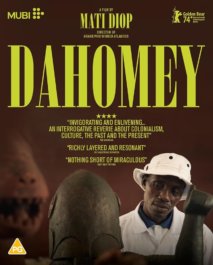
In February 2025, the CDHM hosted a screening of Mati Diop’s 2024 film Dahomey, a documentary following 26 objects from the former Kingdom of Dahomey as they leave Paris and are returned to present-day Benin. The screening was followed by a panel discussion on the “Diplomacy of Restitution: Issues of Knowledge and Powers”. Participants included leading academics, diplomats, curators and writers active in both Benin and Europe. Co-chaired by Doreen Mende, Director of Research of the State Art Collections in Dresden and Prof. Mallard, the discussion explored issues around how stolen art treasures can be received in a country which has reinvented itself in their absence. The panel covered themes ranging from the making of the film and panellists’ personal experiences of restituting archives to methods of postcolonial digitisation and digital archiving. Leading up to the event was a seminar for students at HEAD – Genève on collaborative projects on provenance research between African and Western researchers. A special session, “Within me resonates infinity”, based on the film, was held at the Museum of Ethnography Geneva (MEG) for students of HEAD – Genève and IHEID. Through the organization such multi-facetted events with a diversity of actors from different backgrounds, the CDHM hopes to break disciplinary and institutional boundaries, placing the Institute at the forefront of pedagogy on multilateralism.
Grégoire Mallard
“Image wars”, a forthcoming project by Nataliya Tchermalykh
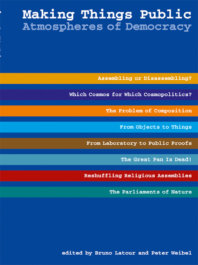
The first exhibition organized by Bruno Latour and Peter Weibel in 2002, Iconoclash, examined the: the various attempts to destroy, prohibit or indeed protect religious as well as scientific and artistic images of God, nature and man. This theme of image wars will be further developed by Nataliya Tchermalykh, a CDHM affiliate researcher in a forthcoming project. The second exhibition produced by Latour and Weibel, Making Things Public, addressed what the organisers called the “atmospheres of democracy”, pairing an impressive range of philosophers, historians and sociologists, from Europe and the United States, with visual artists. Their task: to explore the variety of media via which citizens in modern democracies voice their political claims.
Gregoire Mallard
PODCAST: Makenzy Orcel. Le sensible, la raison et la compréhension du monde
Research Office – Geneva Graduate Institute
VIDEO Member State, UN and public engagement with artwork during negotiations
Youtube / VonWong
More on my ethnography of the Tubas Cluster Plan, by Dorota Kozaczuk
My ethnographic study of the Tubas Cluster Plan dates back to 2016, when the Palestinian consultancy CEP (Center for Engineering and Planning) began developing a regional master plan for the Tubas Governorate in the northern Jordan Valley. The project covered 118,297 square kilometres, including lands within the 1940 village boundaries of Tayasir and Bardala, as well as northern sections of Area C within Tubas city limits. Nine Palestinian communities were included in the planning framework: Al Malih, Ein al Hilwa, ‘Aqqaba, Tayasir, Khirbet Tell el Himma, Ibziq, Kardala, ‘Ein el Beida, and Bardala.
At the outset, the CEP team compiled available GIS maps, updated aerial photographs, and gathered archival data from Palestinian ministries and municipal authorities. They collaborated with a Belgian NGO and UN-Habitat as part of the project “Fostering Tenure Security and Resilience of Palestinian Communities through Spatial-Economic Planning Interventions in Area C (2017–2020).” Consultations were held with village mayors and governorate representatives, following participatory planning protocols developed by GIZ and the Palestinian Ministry of Local Government.
By 2019, during my participant observation in CEP’s Ramallah offices, four planning options had been prepared. I was shown the preferred version and invited to meetings where it was presented to stakeholders.
Aesthetic Vision and Political Friction
The Tubas Cluster Plan was visually compelling. On a printed A1 sheet, the region was divided into three zones: a deep green western section for agriculture, a faint brown central zone for mountainous terrain, and a dull green eastern area for pastoral land. Seven small zones, marked in vivid orange and bordered in blue, represented planned communities in the north, west, and east. CEP staff noted that the Israeli Civil Administration had approved plans for Tayasir, ‘Ein el Beida, and Bardala, while previously rejected plans for Al ‘Aqaba, Al Malih, Al Farisyia, and Karbala had been redesigned.
The plan proposed a road encircling the mountain range, connecting the seven communities, and included upgrades to existing roads in the west and south. Notably, it omitted Israeli settlements, the separation wall, and the military designation of much of the area. In this orthographic vision, the region functioned holistically for Palestinian life, with orchards and livestock populating the mountains and tourist routes inviting exploration. The Tubas Cluster Plan was both a misrecognition of occupation and an assertion of Palestinian reality—true to its survey methods, logically deterministic, and far from naïve.
Between Aspiration and Constraint
Shortly after my study, CEP submitted a report with four proposals to UN-Habitat, the Ministry of Local Government, and the Tubas Regional Committee. I attended the unveiling at the Palestinian Ministry of the Wall and Settlements. The meeting aimed to align institutional goals, but quickly revealed tensions. Ministers and engineers spoke of life near the Occupation Wall and recounted stories of displacement. One minister criticized the plan as disconnected from lived realities and questioned its aesthetics. A planner, however, defended the right to imagine beyond oppressive facts, arguing that the Tubas visualisation offered a glimpse of what that could look like.
The meeting ended without consensus. Ministerial support for a plan covering large swaths of Area C carried serious political implications: it risked undermining the Oslo Accords and provoking backlash from Israel and the international community. The plan’s aesthetic of misrecognition also conflicted with the prestige of “surveyed oppression,” which underpins legal and humanitarian support for Area C. In reality, Tubas remained a zone of daily survival under Israeli fire.
Weeks later, the CEP team presented the plan to the nine communities. At the Tubas Municipal Offices, the idea of a prosperous region was met with quiet resignation. It was deemed unachievable and received little attention.
By the end of the following month, CEP submitted individual village plans to the Israeli Civil Administration, aiming to expand them beyond Area B. These plans conformed to the aesthetics mandated by the ICA—complete with its loathed colour scheme and the infamous blue polygon.
By autumn 2019, CEP confirmed that the Tubas Cluster Plan had not been approved.
Montage 2: Spatialization of hope and frustration in public waiting spaces
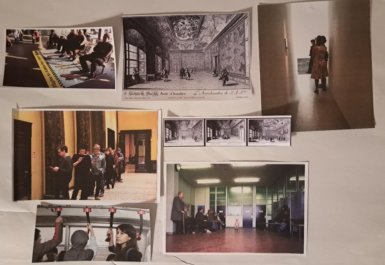
When positioned in proximity to one another, images of public waiting spaces prompt reflection on how their architecture contributes to the experience of waiting. Several scholars have explored waiting as a tool of power. In this context, montages can help foster a closer engagement with how the materiality of spaces and objects configures waiting, embeds power relations and makes waiting individuals aware of their position relative to spaces whose thresholds they have crossed
Montage 3: Domestic waiting, gender and digital mediations
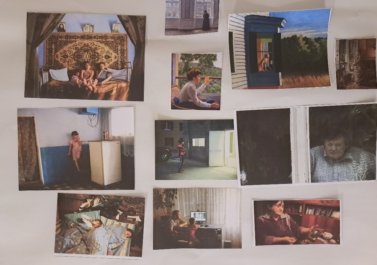
The third montage questions gendered narratives of waiting and domesticity. Some images depict women as passive figures, gazing through windows that symbolize thresholds between interiors as sites of non-events and external action. When these are arranged together with Andrea Diefenbach’s photos from the series Country Without Parents, showing Moldovan children waiting by phones or computers for news from their parents who work in Italy, they offer new avenues for reflection.
History of Palestinian Planning with maps and images
The Military Orders
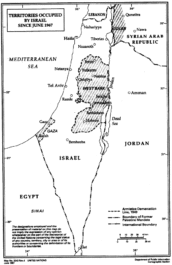 Map No. 3243 Rev 4, Territories Occupied by Israel Since June 1967, United Nations, June 1997
Map No. 3243 Rev 4, Territories Occupied by Israel Since June 1967, United Nations, June 1997
On 1 June 1967, the Israeli military issued its first Military Order, declaring the Gaza Strip and the West Bank as closed military areas. Military Order No. 2 imposed martial law on the West Bank and transferred all legislative, executive, and administrative powers of the Jordanian government to successive Israeli military commanders. Under strict adherence to the Fourth Hague Convention, existing laws could not be altered.
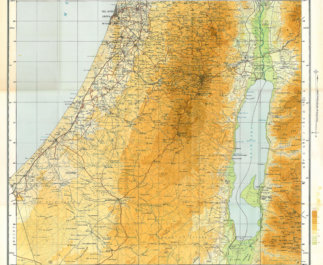 Survey of Palestine 1944, 1:250,000 Sheet 2 (partial crop).
Survey of Palestine 1944, 1:250,000 Sheet 2 (partial crop).Survey of Palestine 1944, 1:250,000 Sheet 2 (partial crop).[/caption]As the occupying power, Israel inherited maps, plans, land laws, and regulations from the Ottoman, Jordanian, Egyptian, and British Mandate periods, spanning over 150 years. Israel immediately began enforcing a stringent military regulatory regime that referenced—but never overruled—existing legal frameworks. Within the first decade of occupation, two parallel strategies emerged: the adoption of most existing laws through Military Orders (MOs), and the centralization of administrative authority under the Area Commander. Palestinians were swiftly stripped of legal and civil rights previously guaranteed under British and Jordanian administrations.
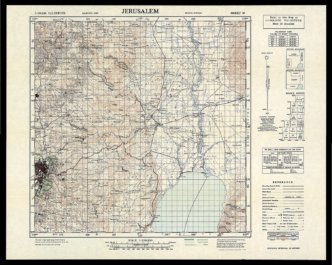 Survey of Palestine 1942–1958, 1:100,000 maps, Survey Department of Palestine Israel enacted Military Order No. 418, titled Order Concerning the [Jordanian] Law for Town, Village, and Building Planning (1966).
Survey of Palestine 1942–1958, 1:100,000 maps, Survey Department of Palestine Israel enacted Military Order No. 418, titled Order Concerning the [Jordanian] Law for Town, Village, and Building Planning (1966).
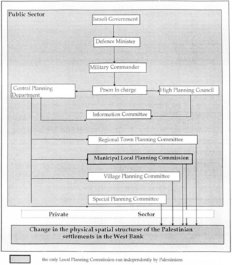 Institutional Arrangements of the Israeli Physical Planning System in the West Bank, Abdel Rahman Abdel Hadi Mahrok (1995, p.126, Fig. 8.2)
Institutional Arrangements of the Israeli Physical Planning System in the West Bank, Abdel Rahman Abdel Hadi Mahrok (1995, p.126, Fig. 8.2)
Through MO 418, Israel effectively excluded Palestinians from planning processes. Over the following decade, Israel issued additional military orders—albeit more slowly—that restricted spatial planning practices to Israeli military personnel only.
Research Office
Me, Amanullah Mojadidi. Who I am…
I received a BA in the late 1990s and an MA in the early 2000s, both in cultural anthropology. I subsequently spent the next 20 years working both as a conceptual artist and a development worker in support of contemporary artistic initiatives in Afghanistan, before returning to academia to pursue a PhD, once again in cultural anthropology. My approach in using anthropology to make art has been to listen to local communities to understand what issues are important to them and then to work with them on defining not only what to represent, but how to represent it. This approach can be seen as falling within what George Marcus has termed “para-ethnographic”, a process in which the ethnographer (or the artist) is “allied with the subject as intellectual partner in coming to terms with the understanding of a shared common object of curiosity” (Holmes and Marcus 2020:29).
Research Office. Geneva Graduate Institute
